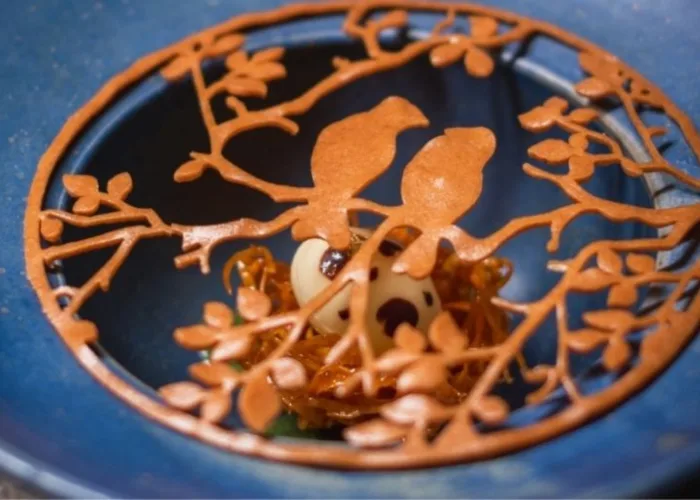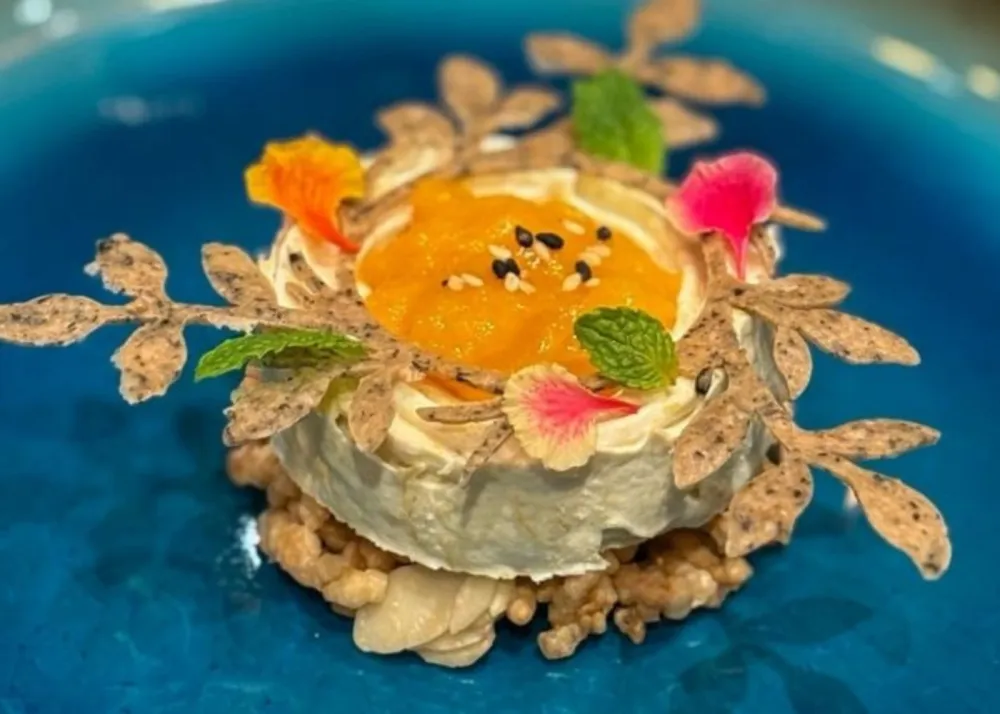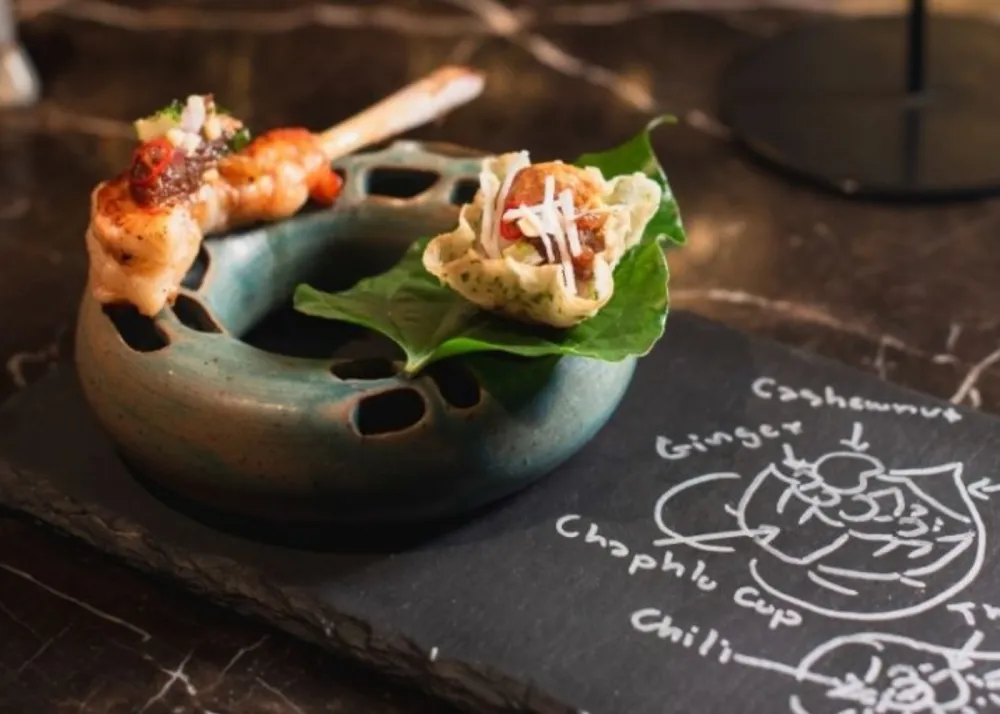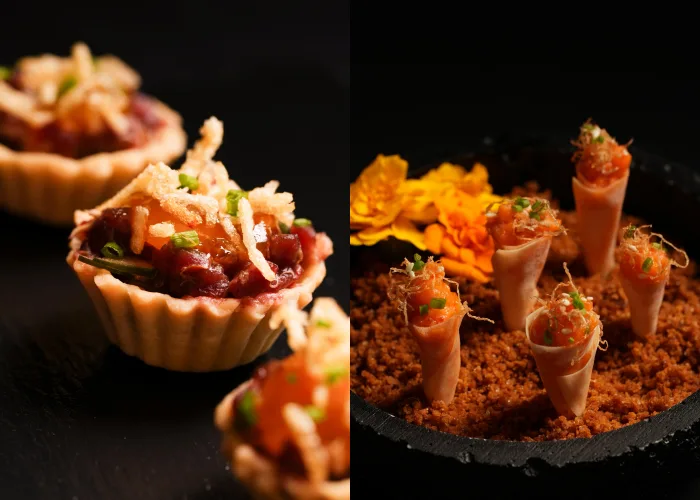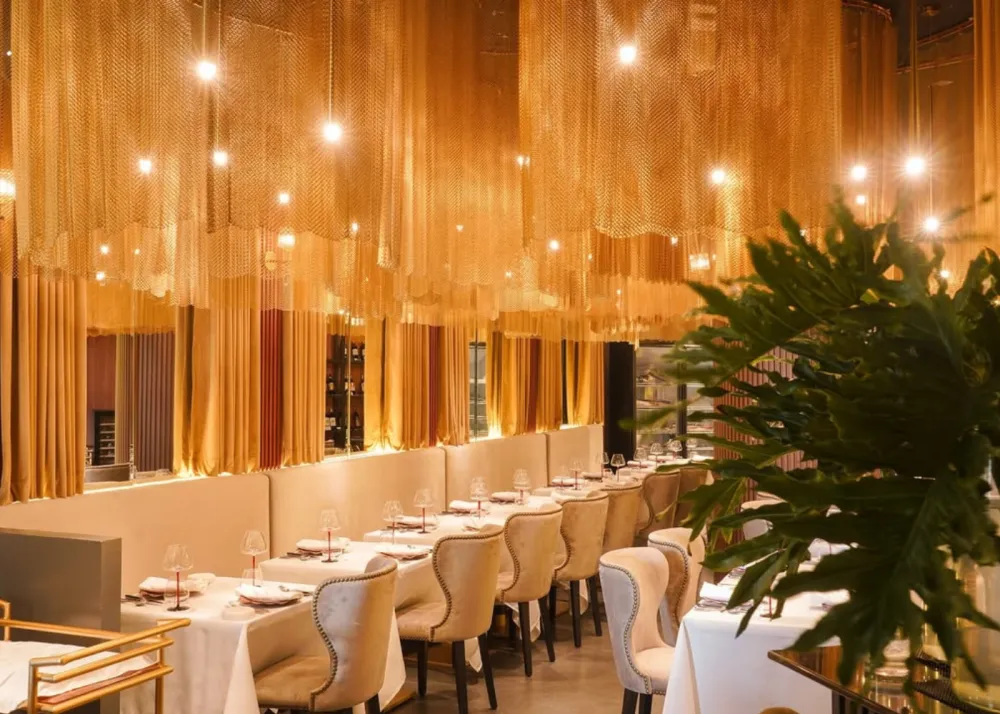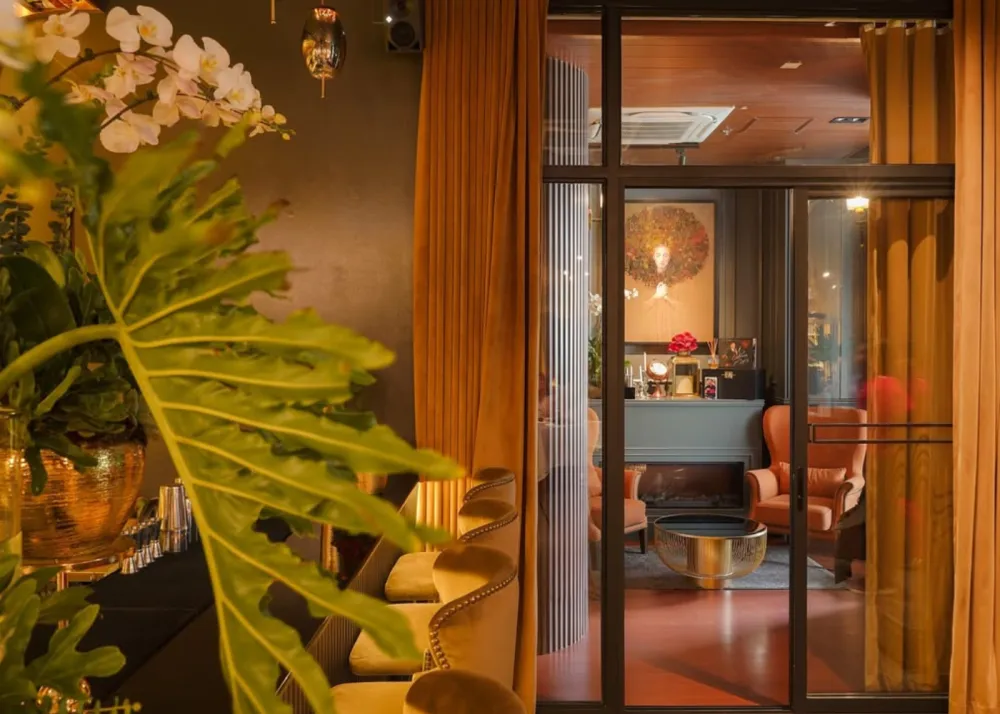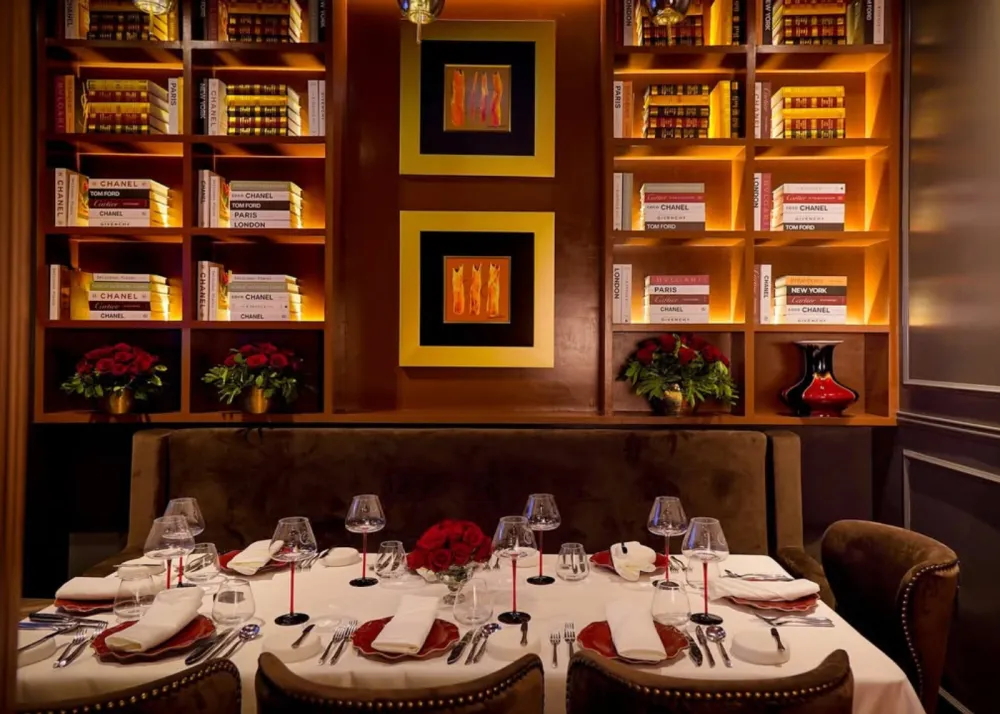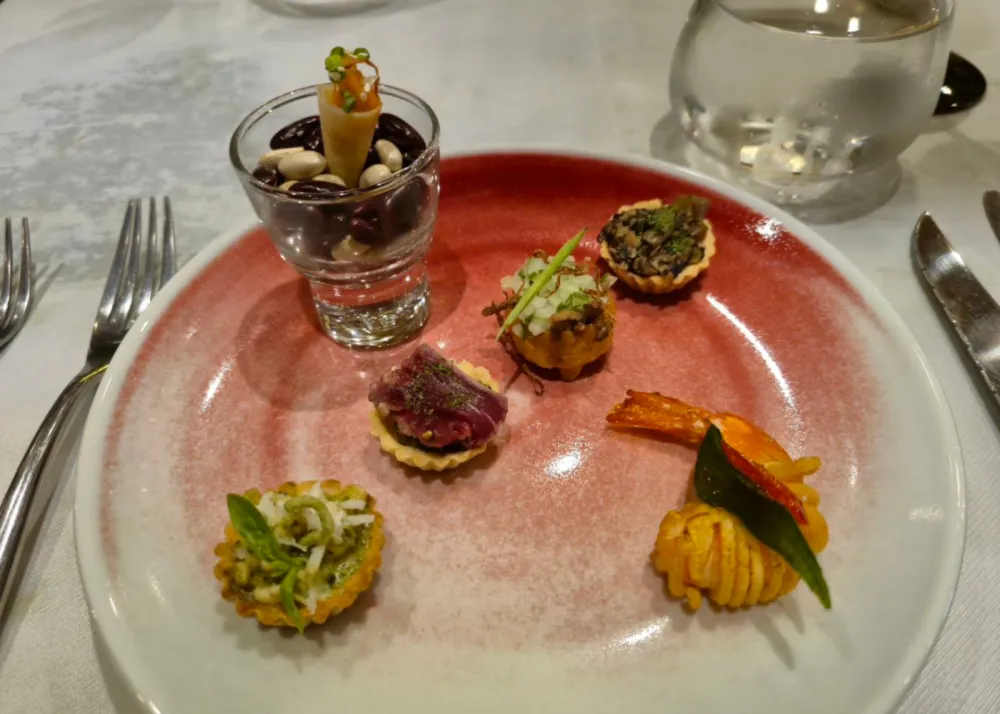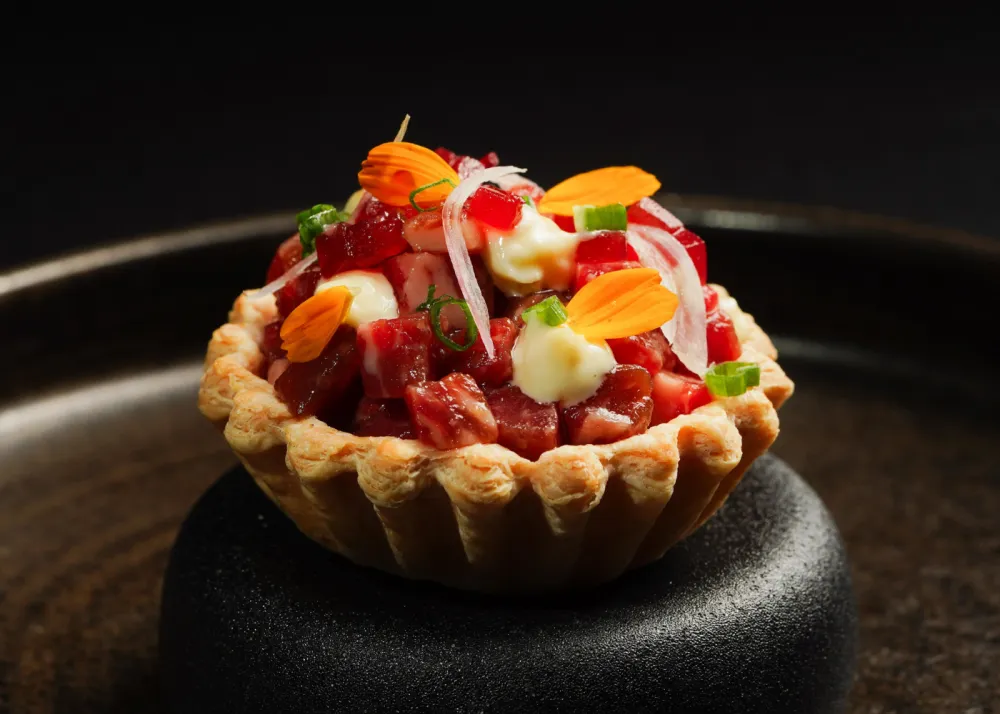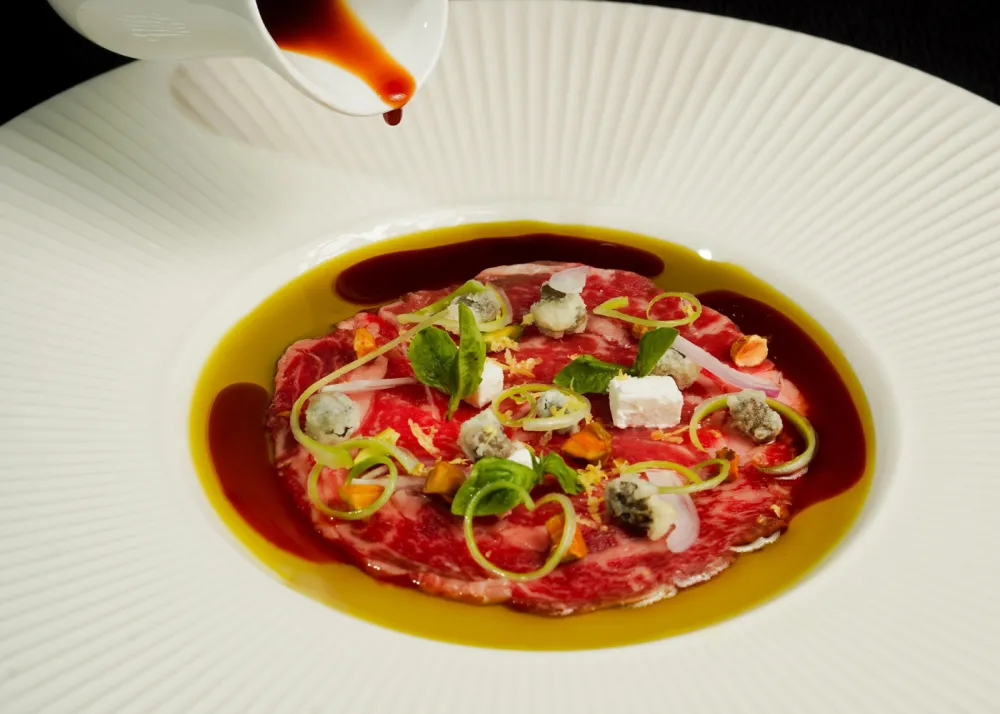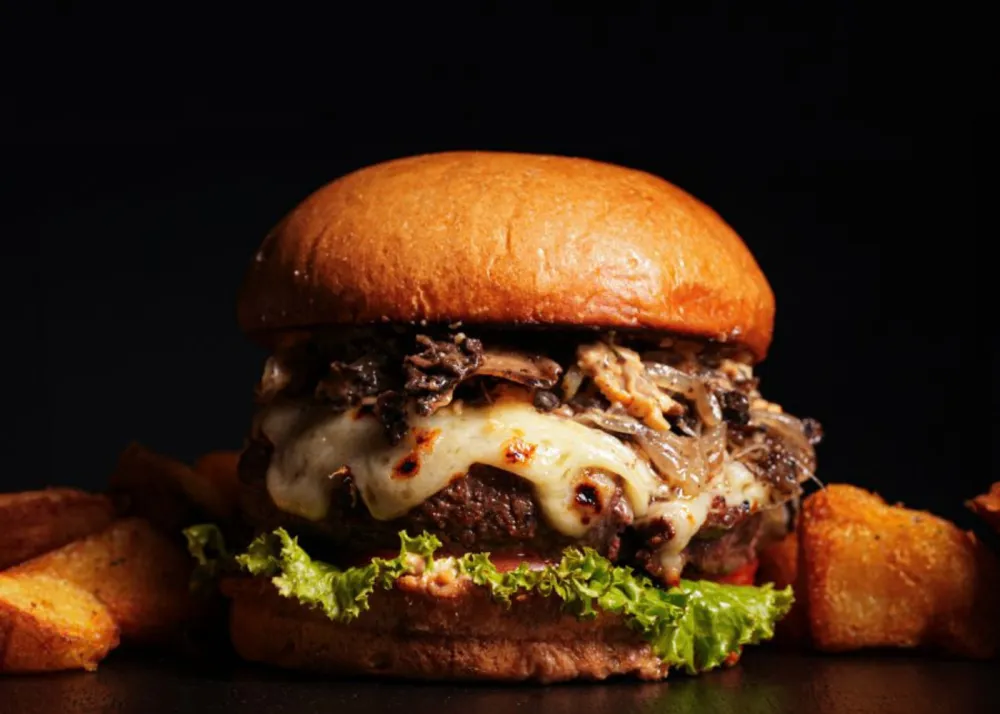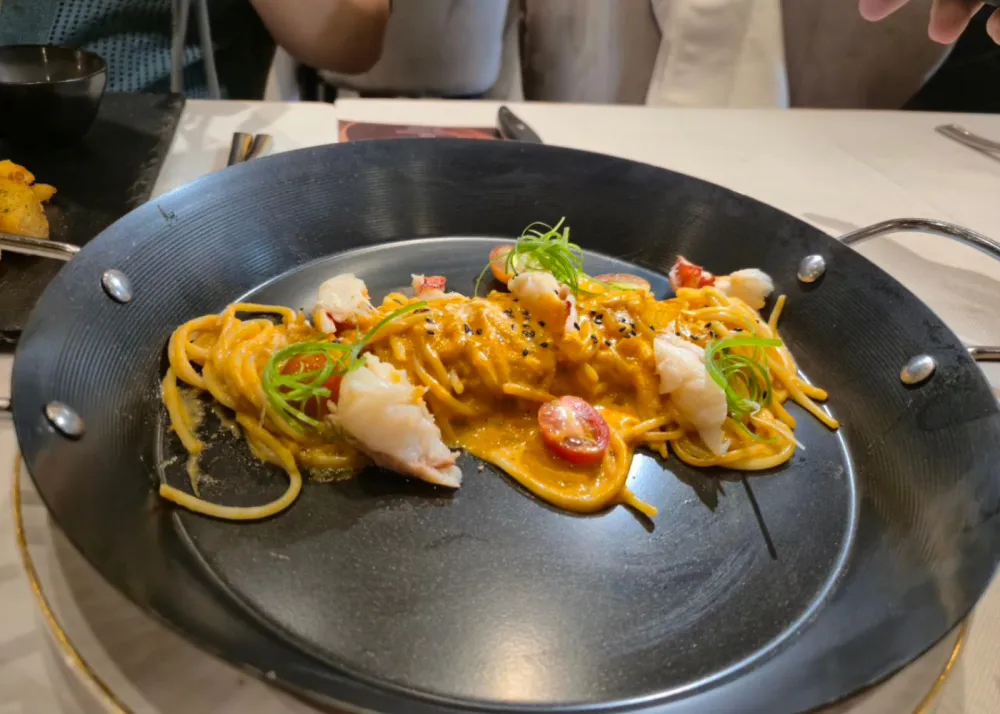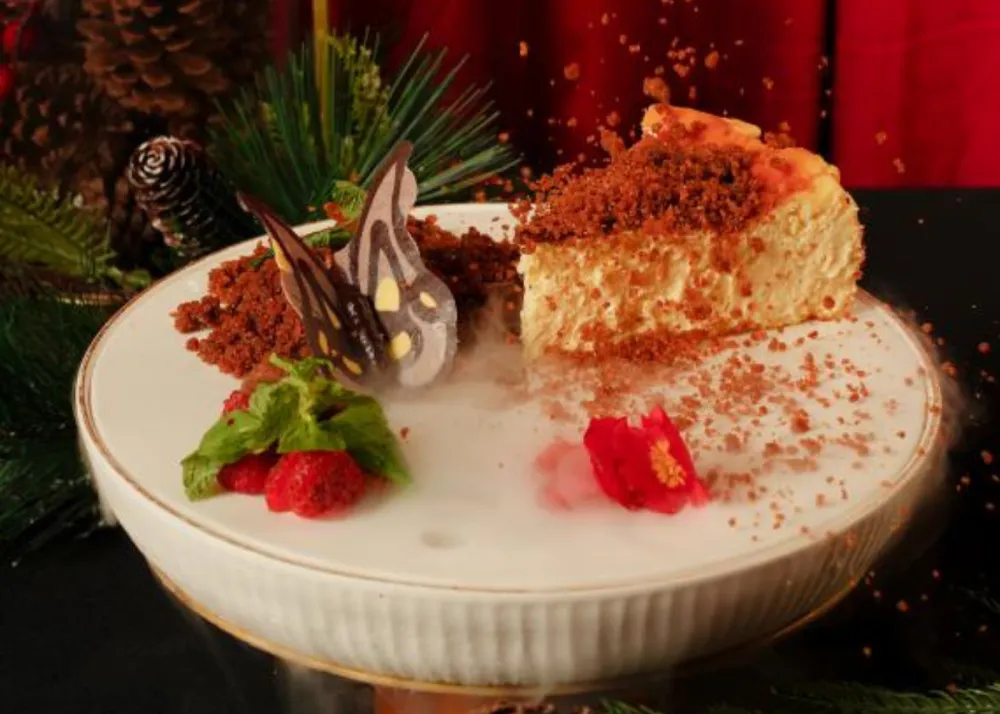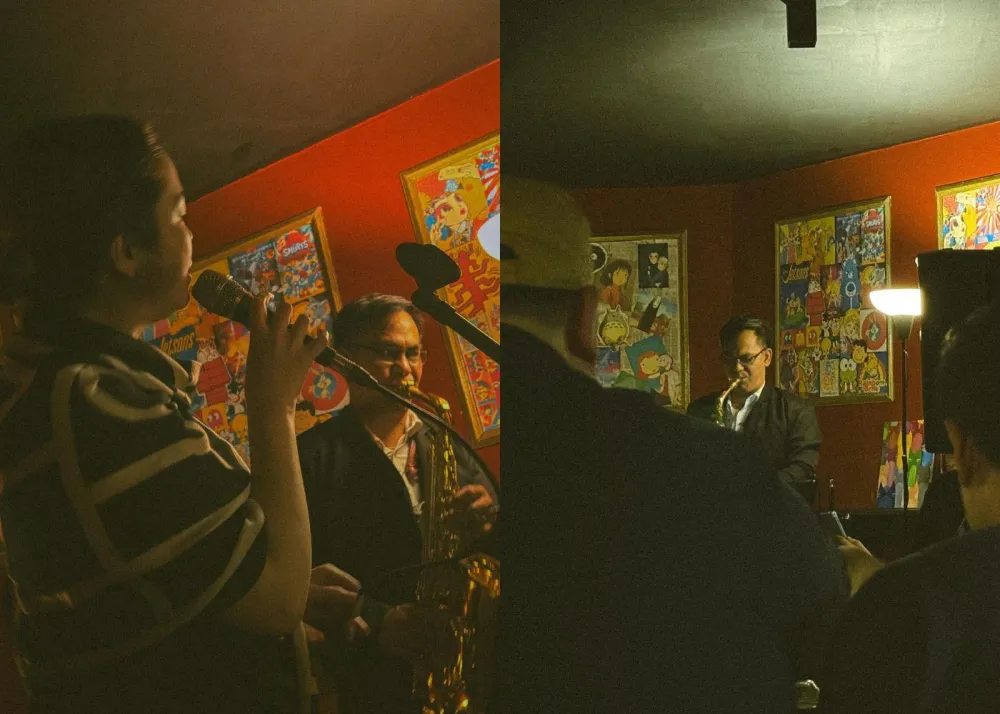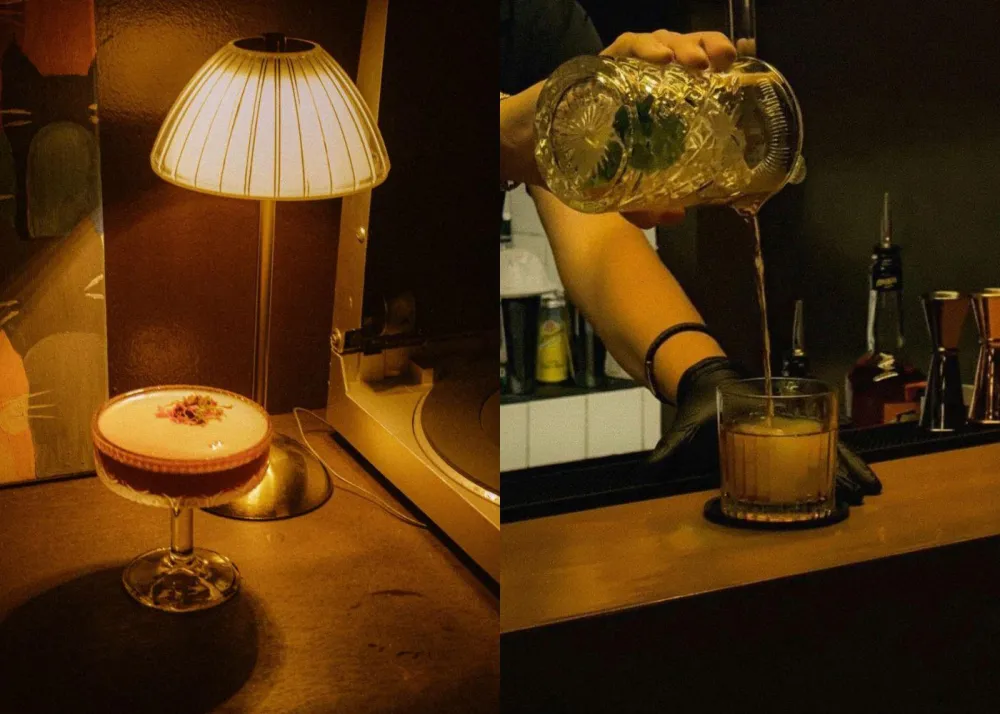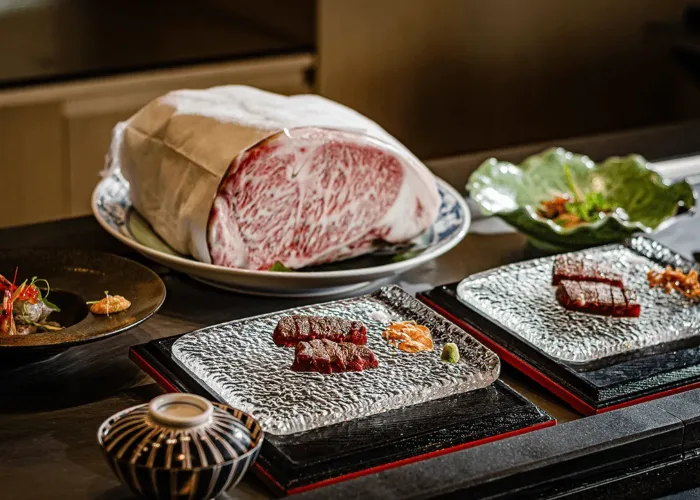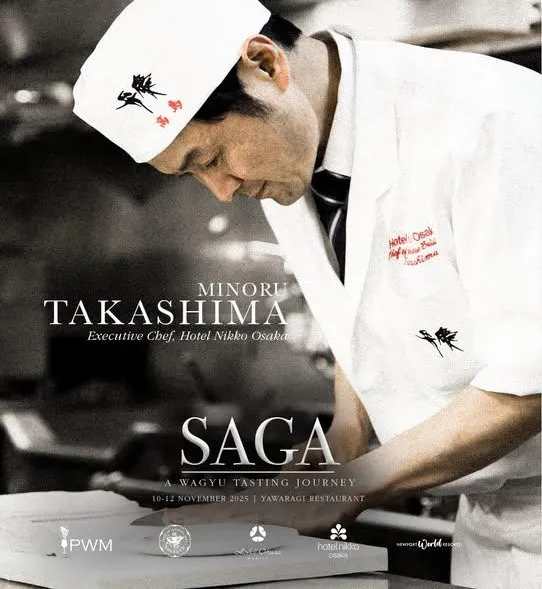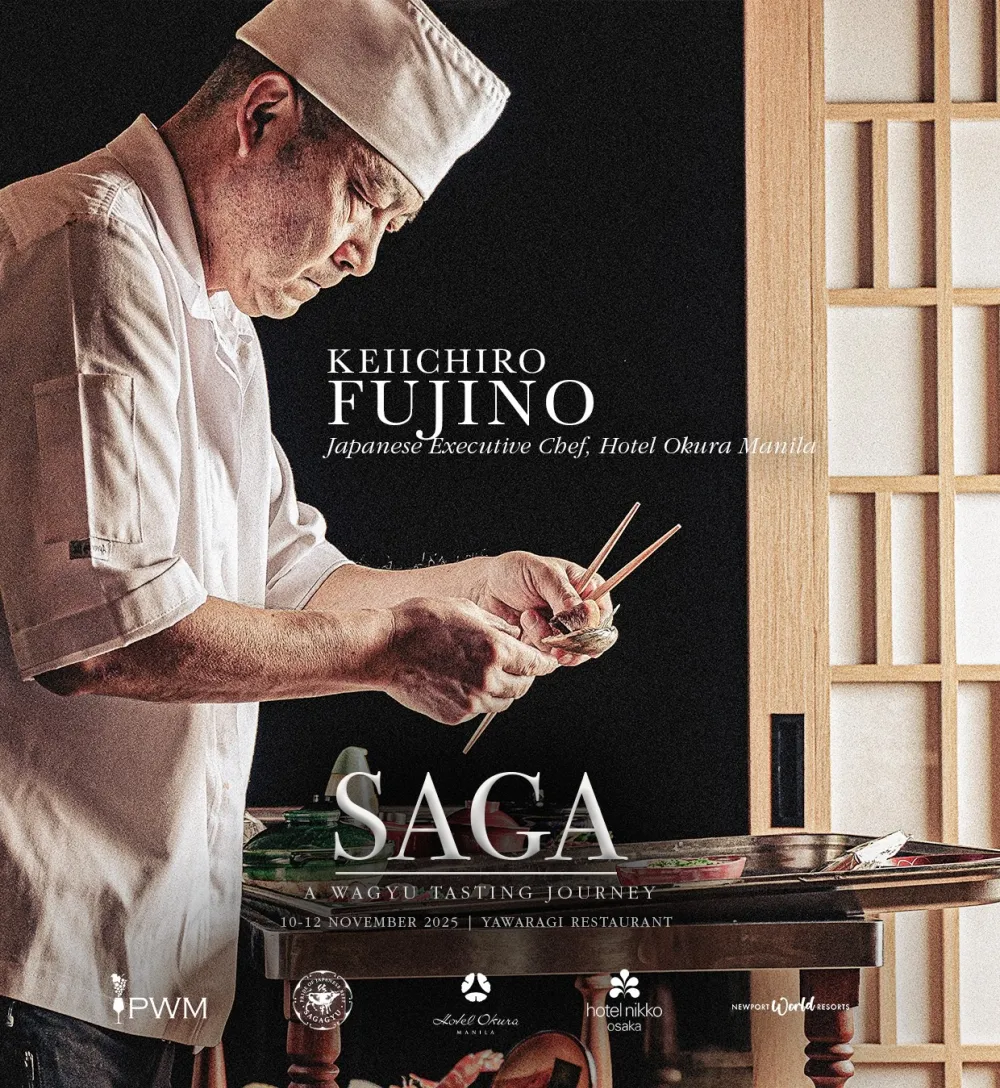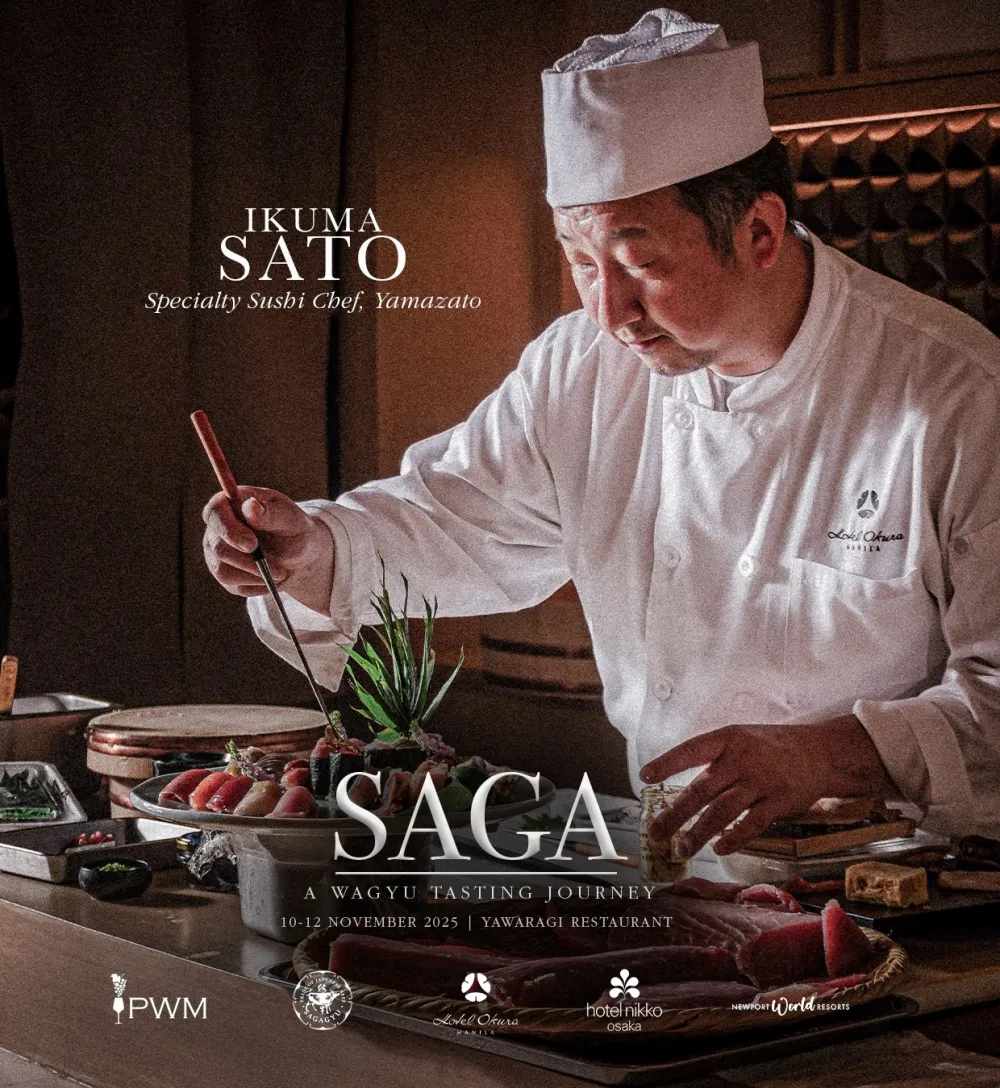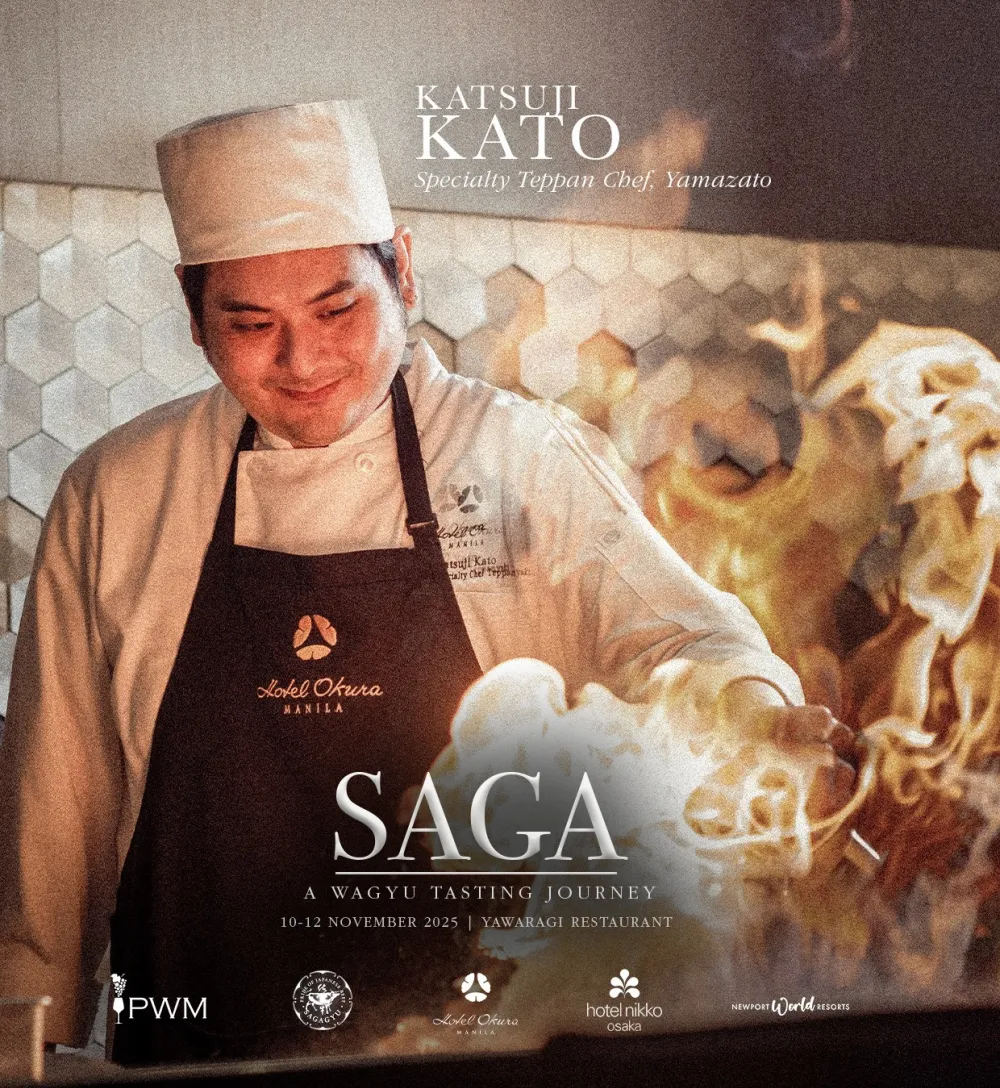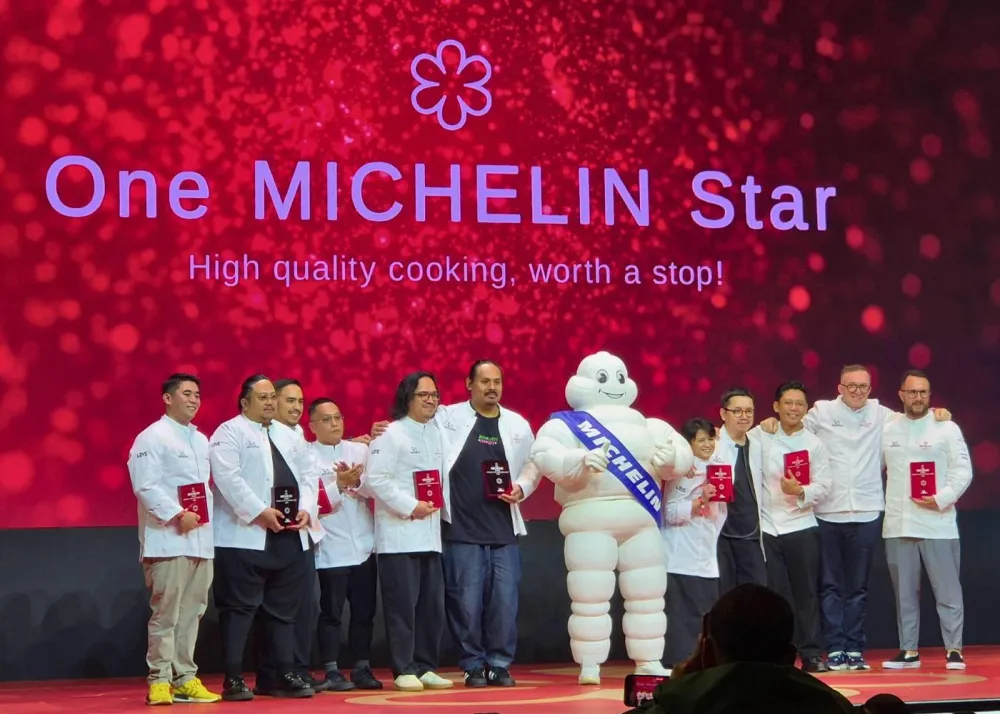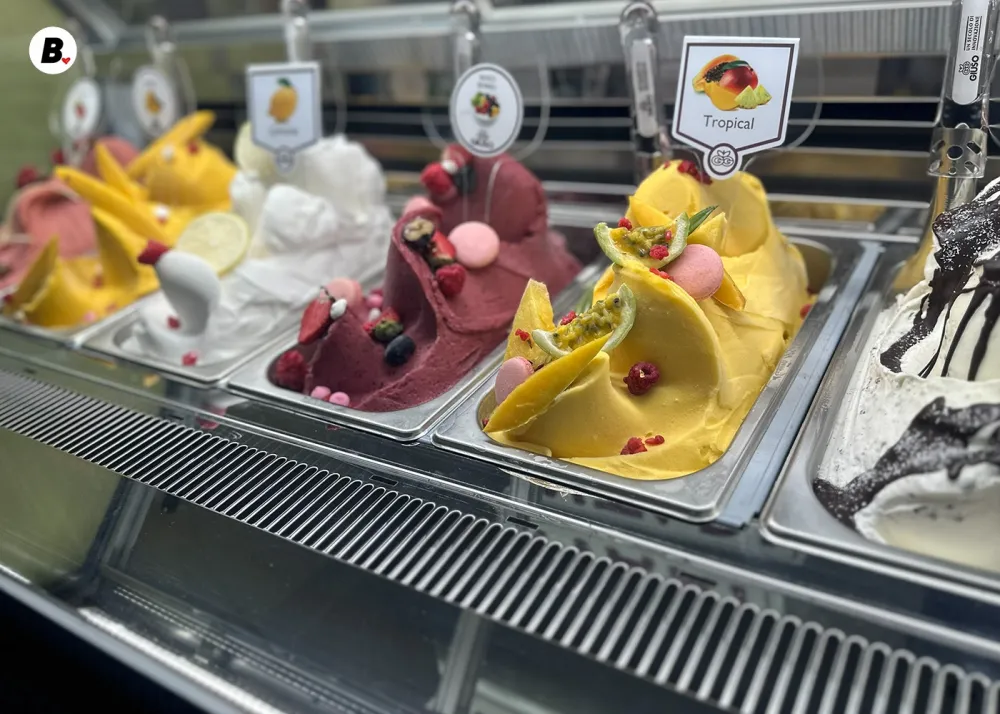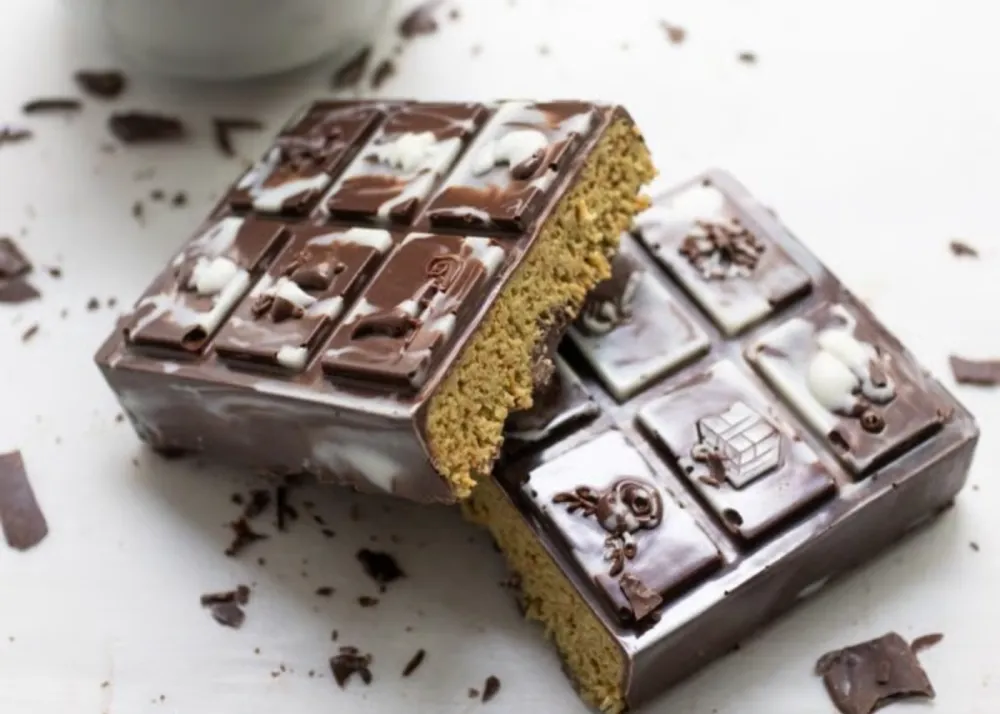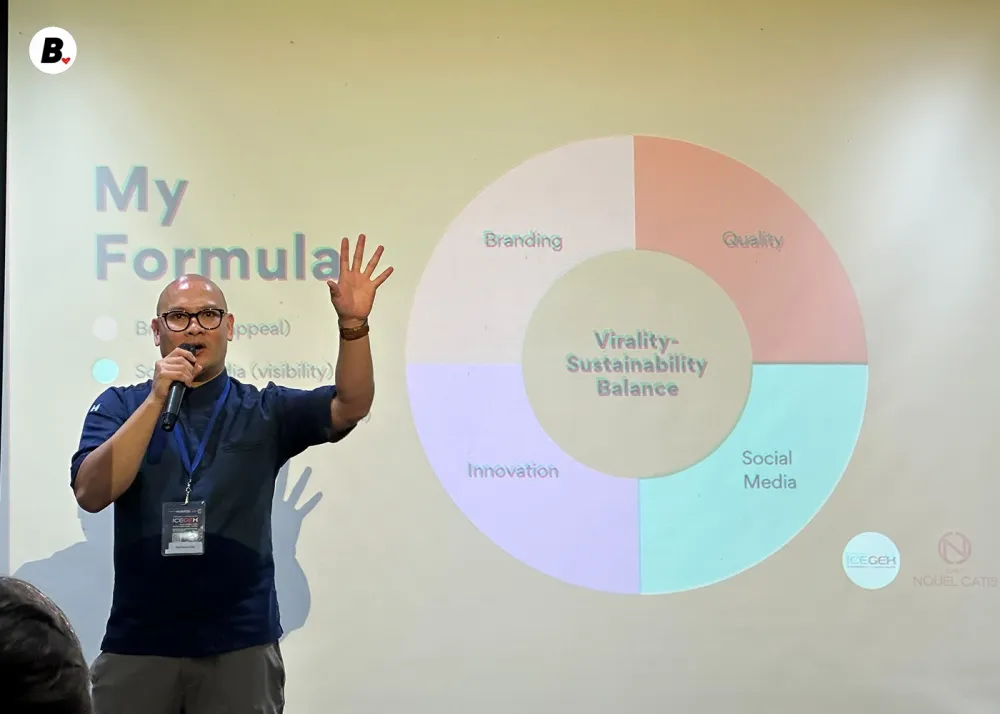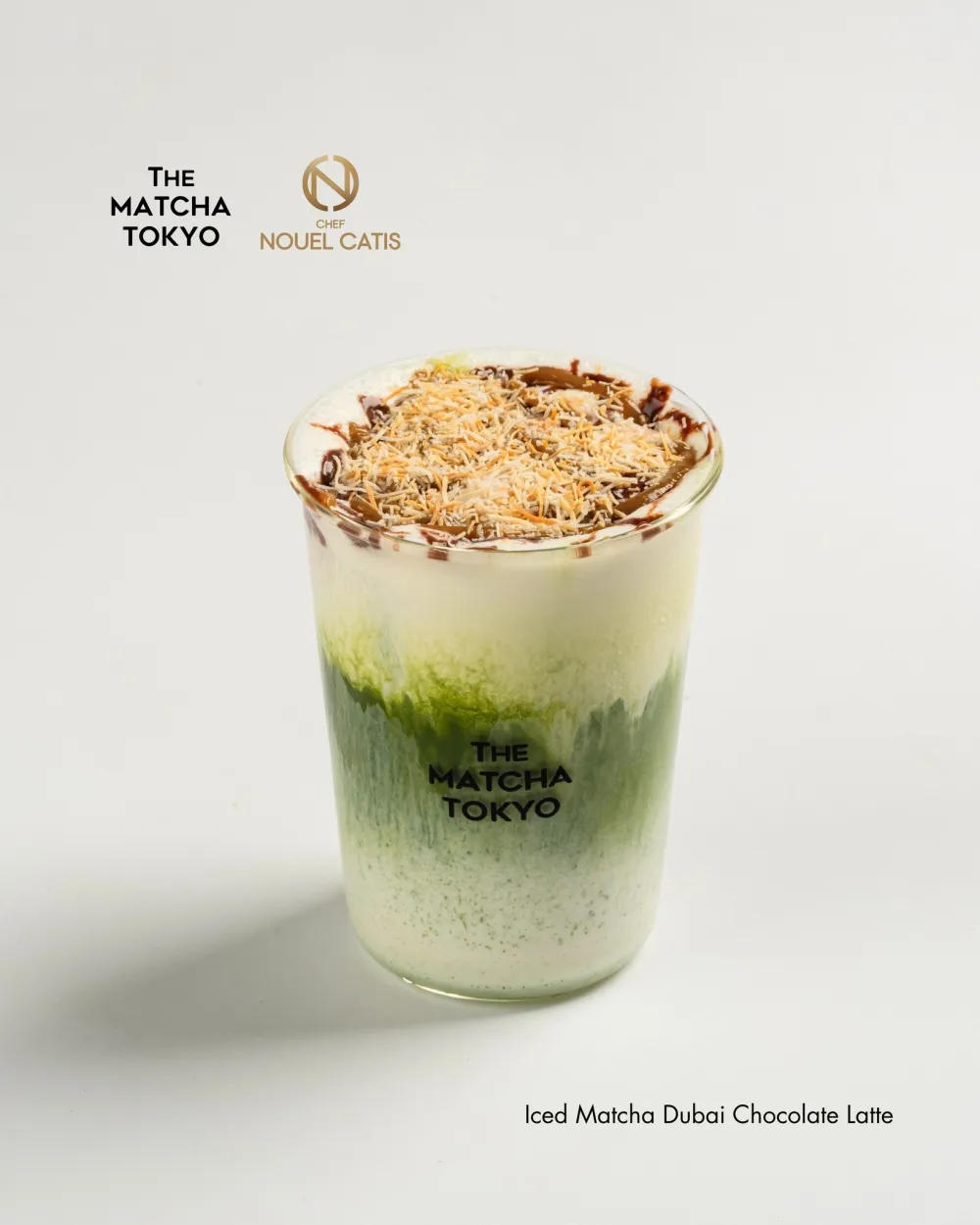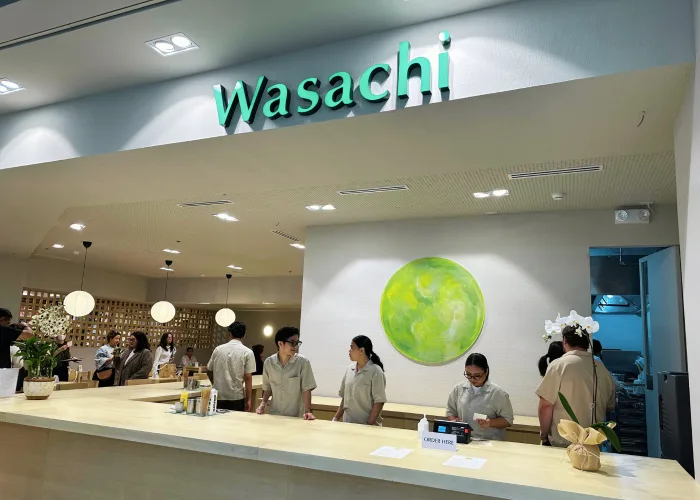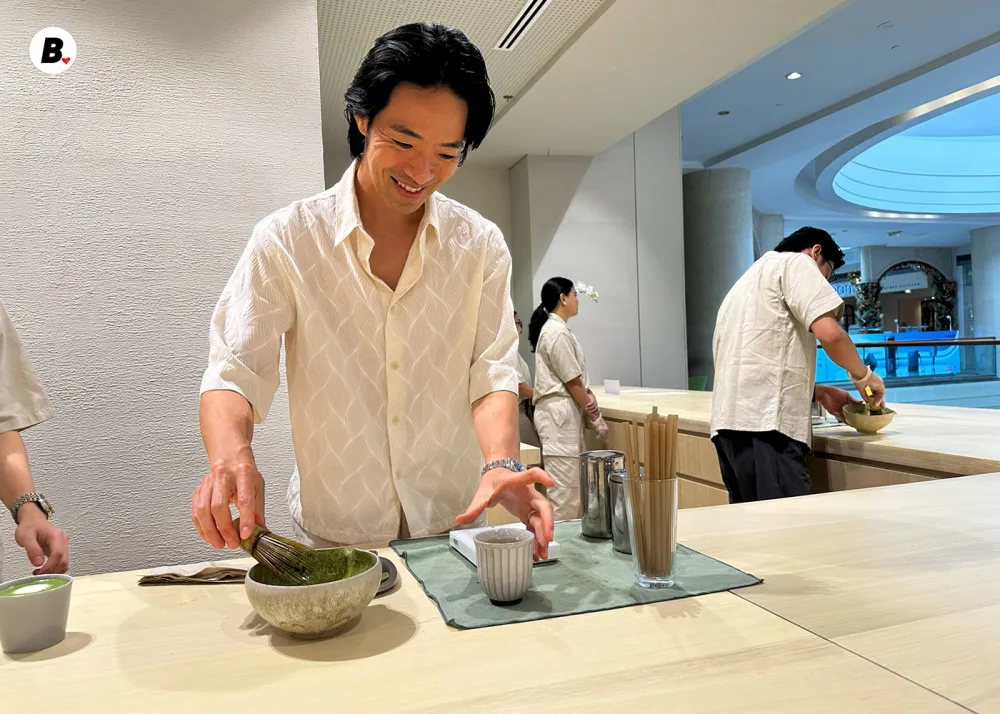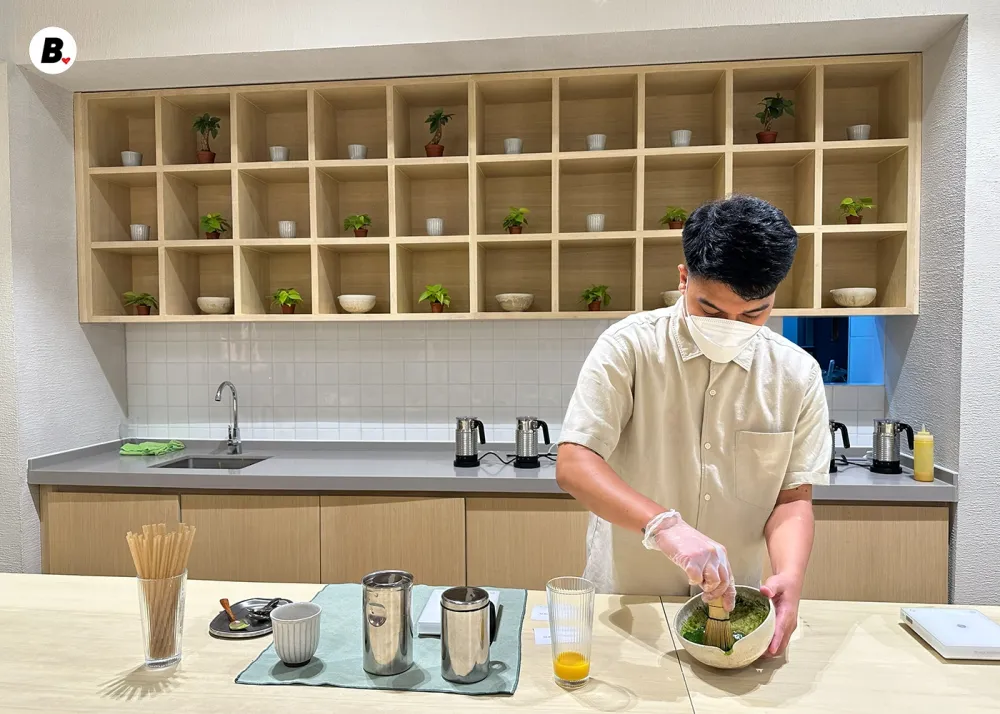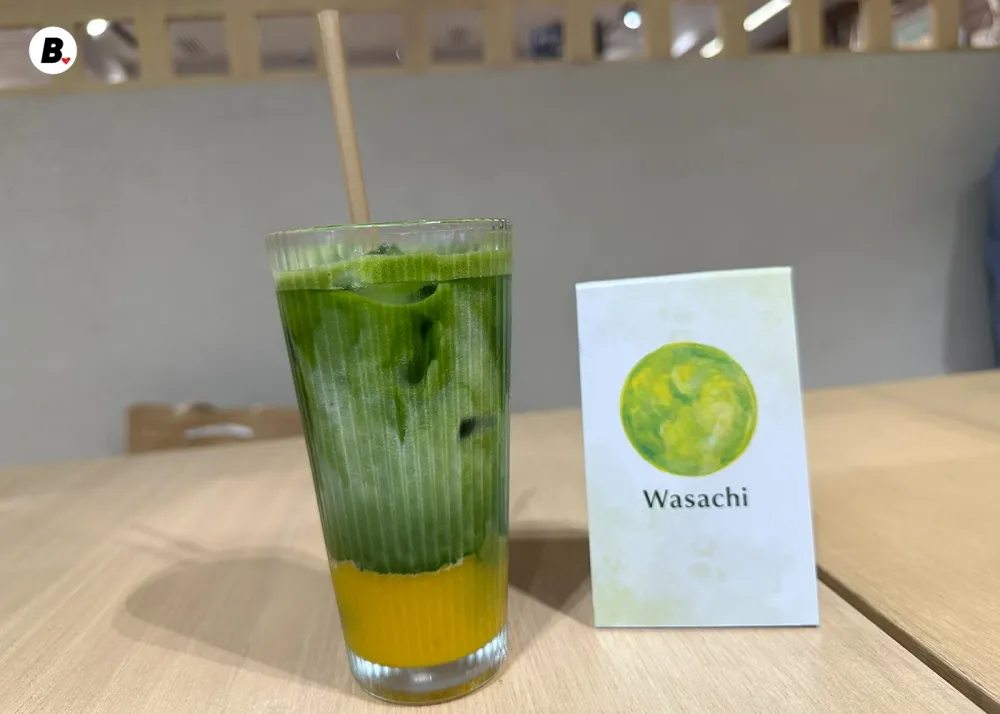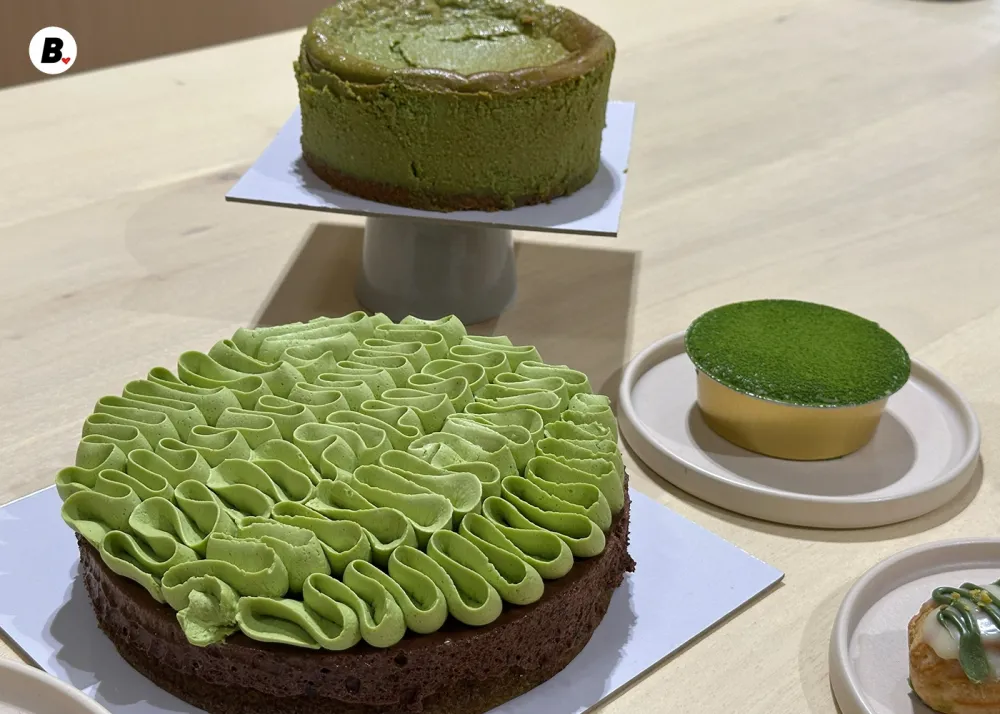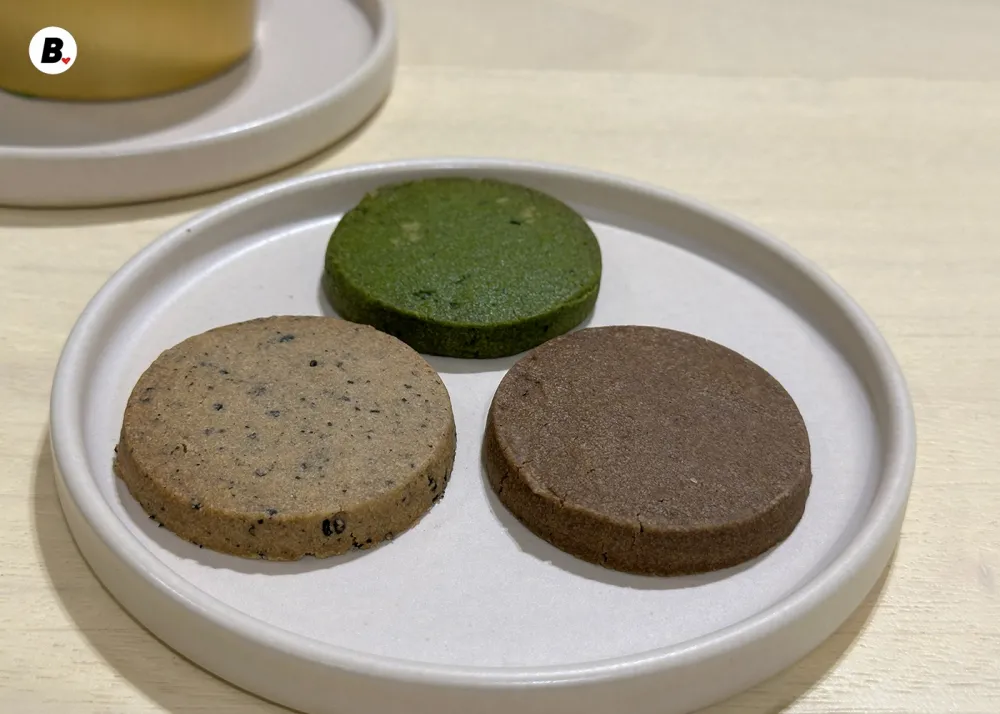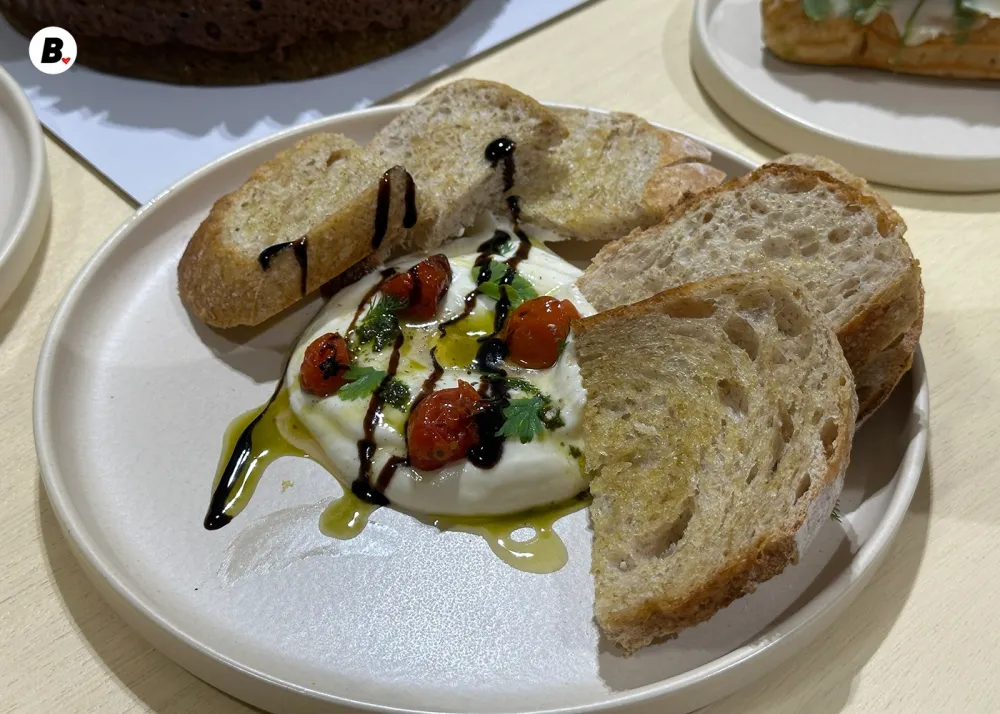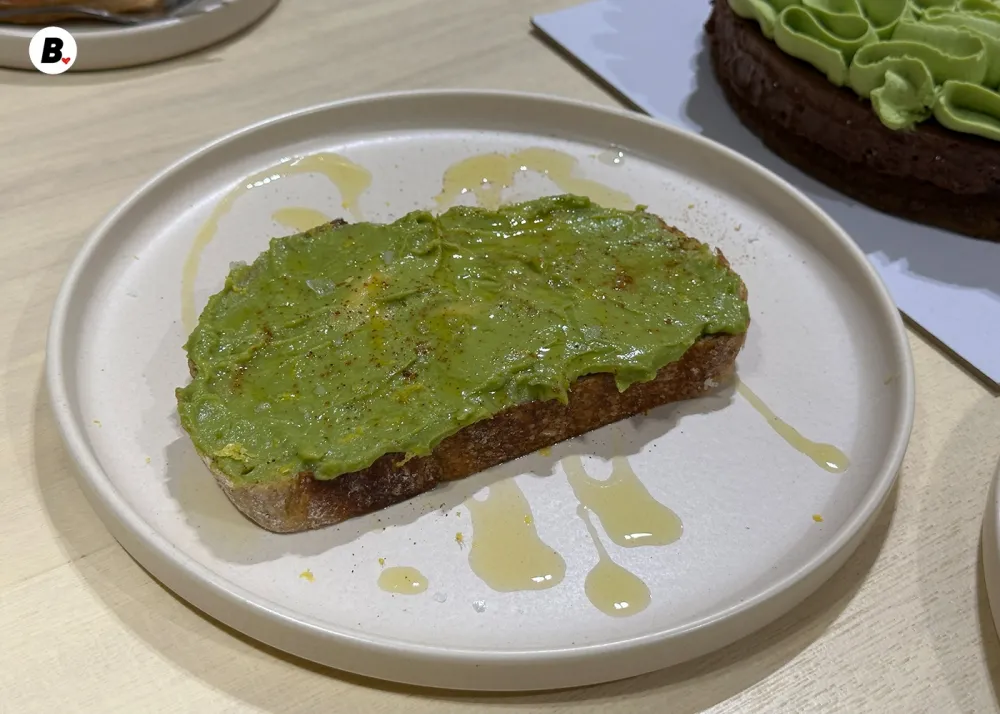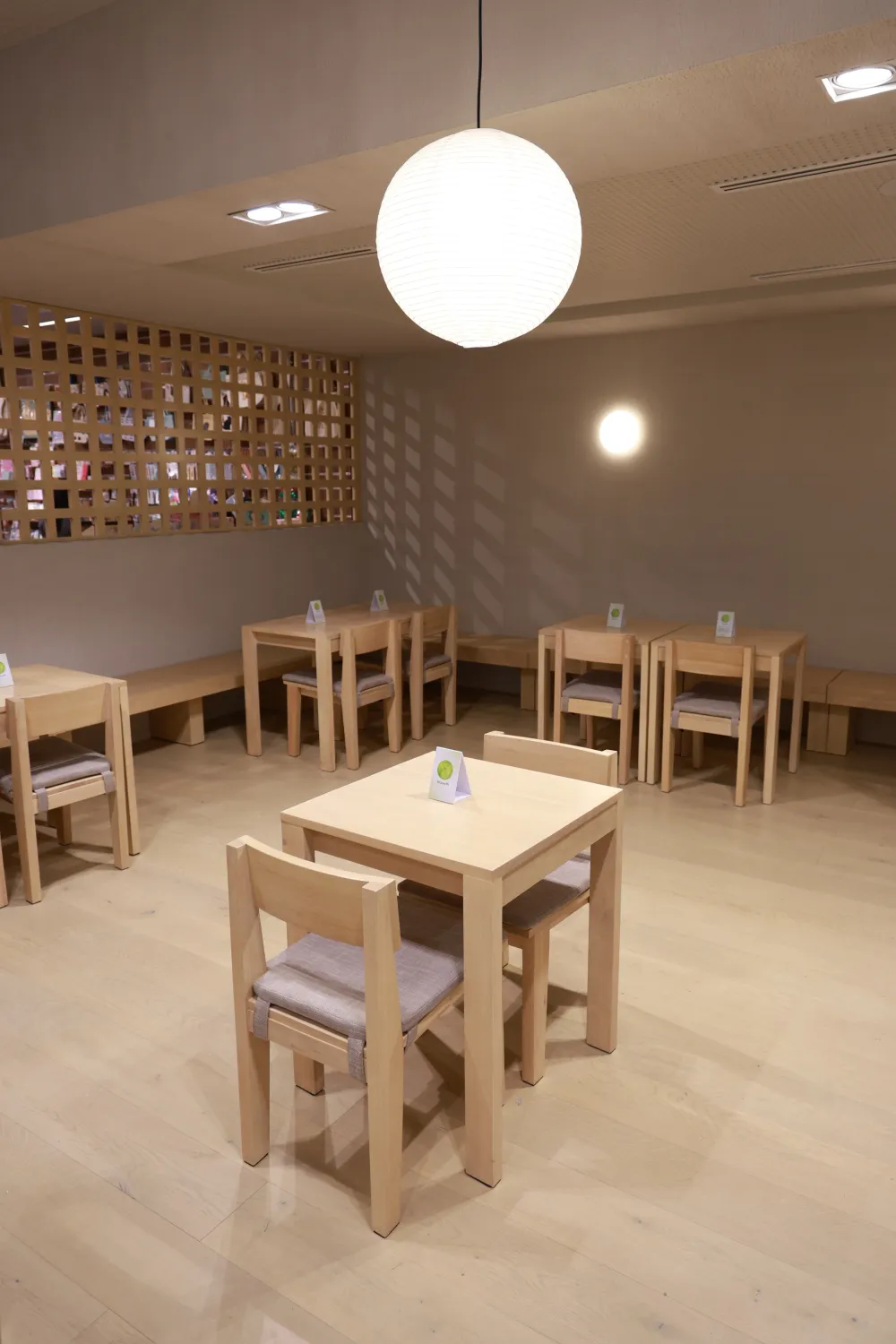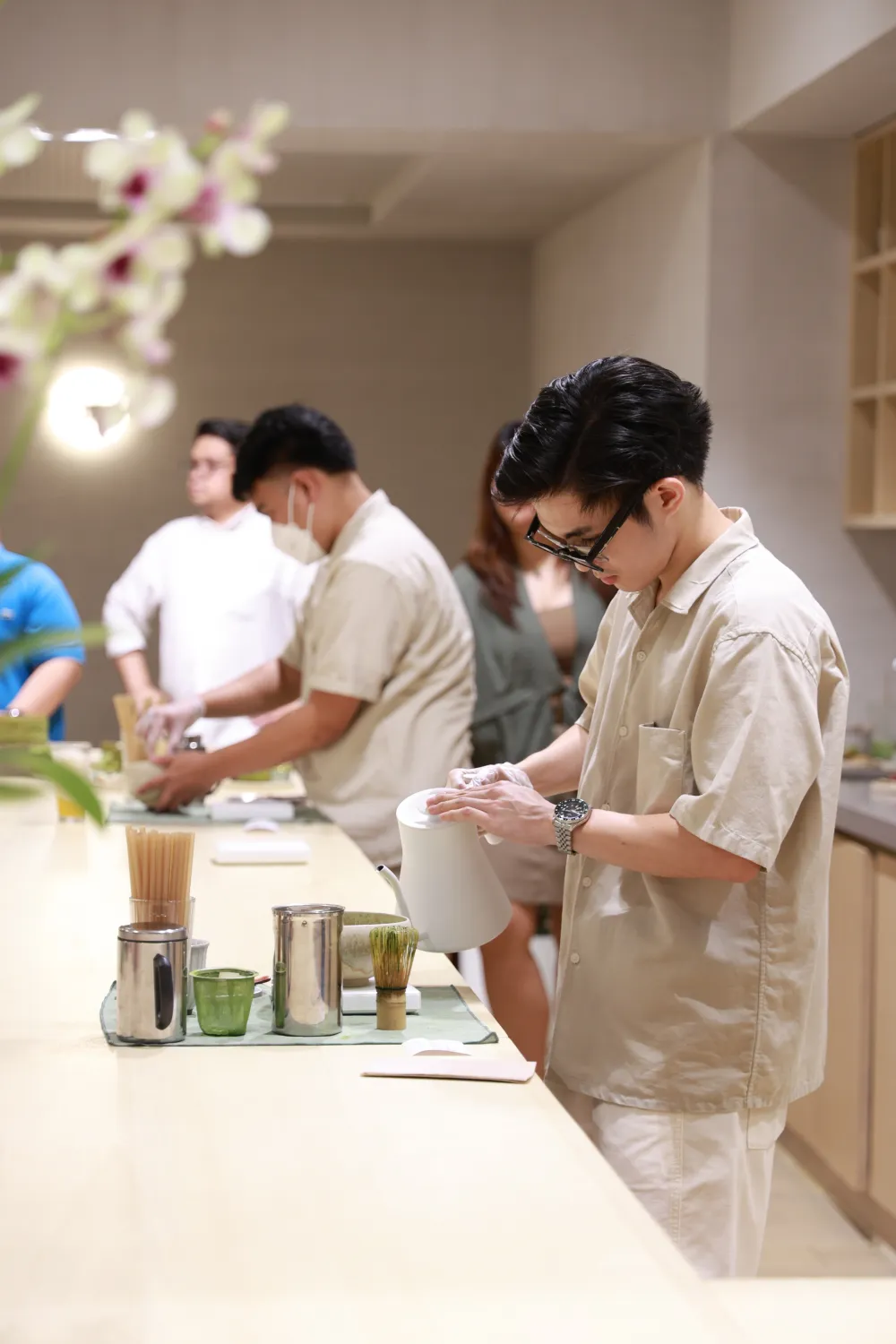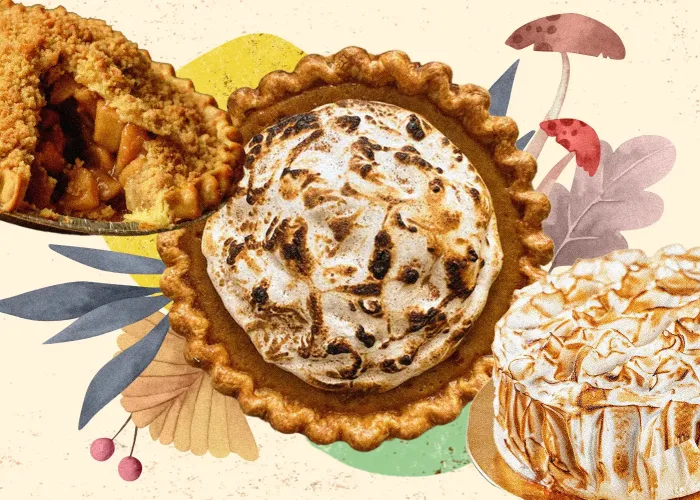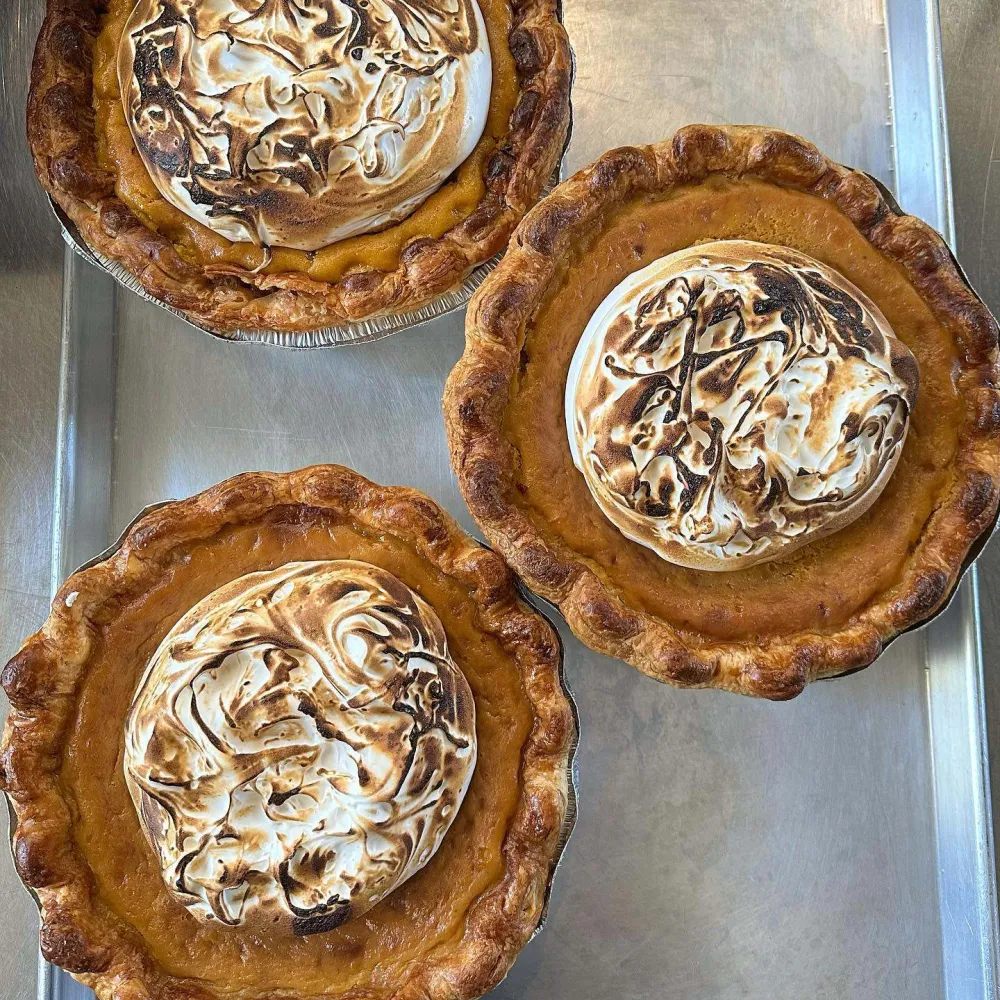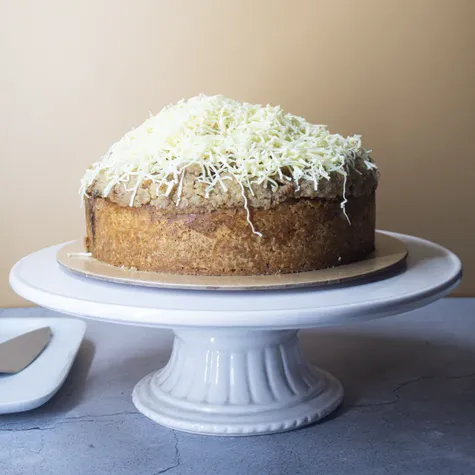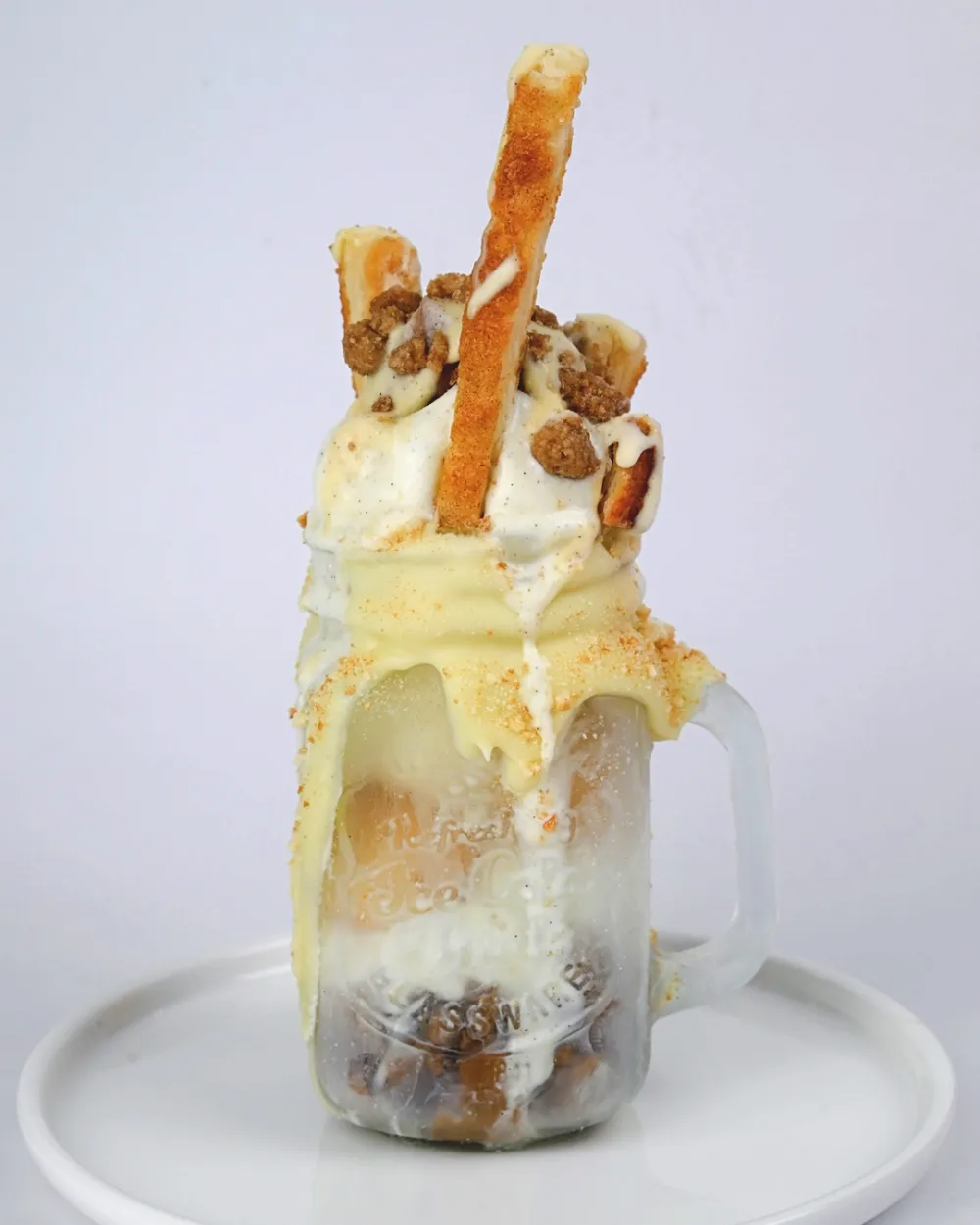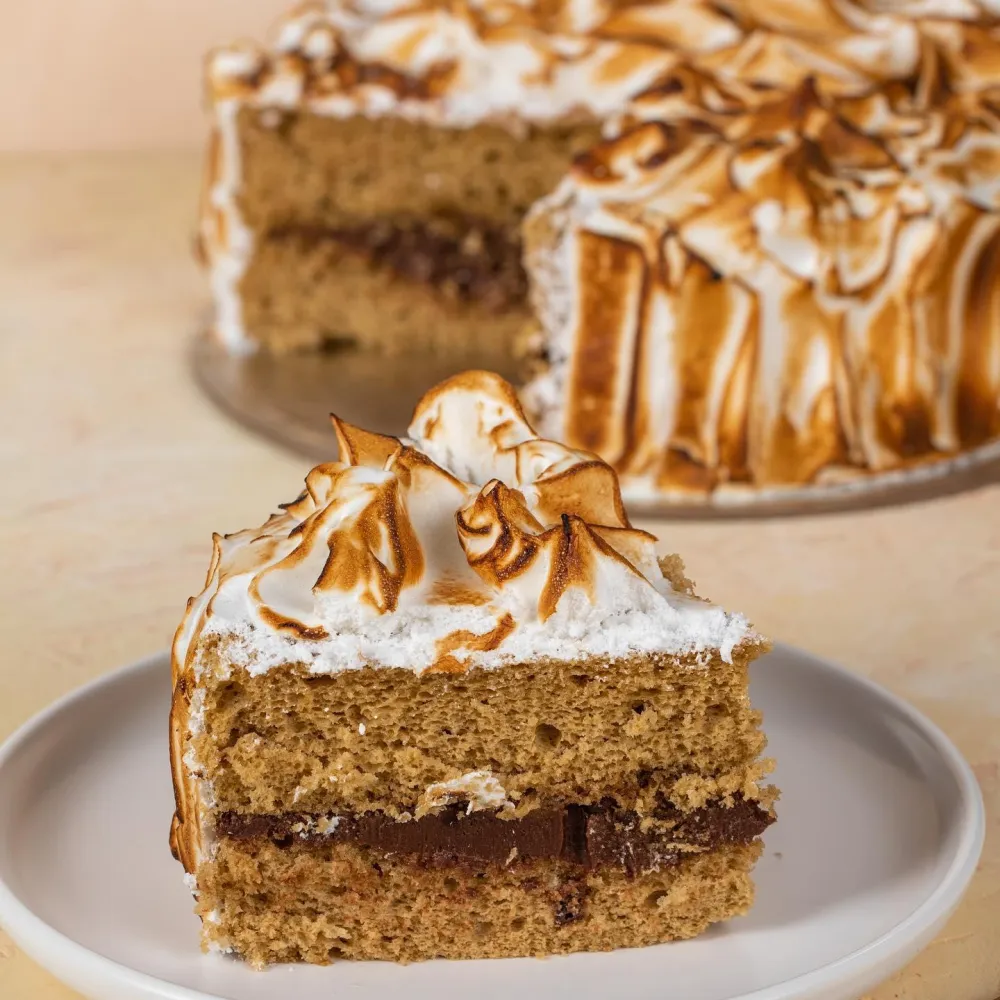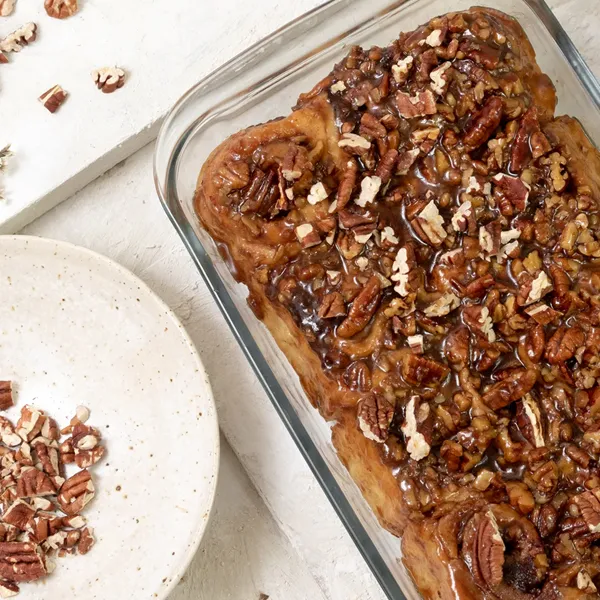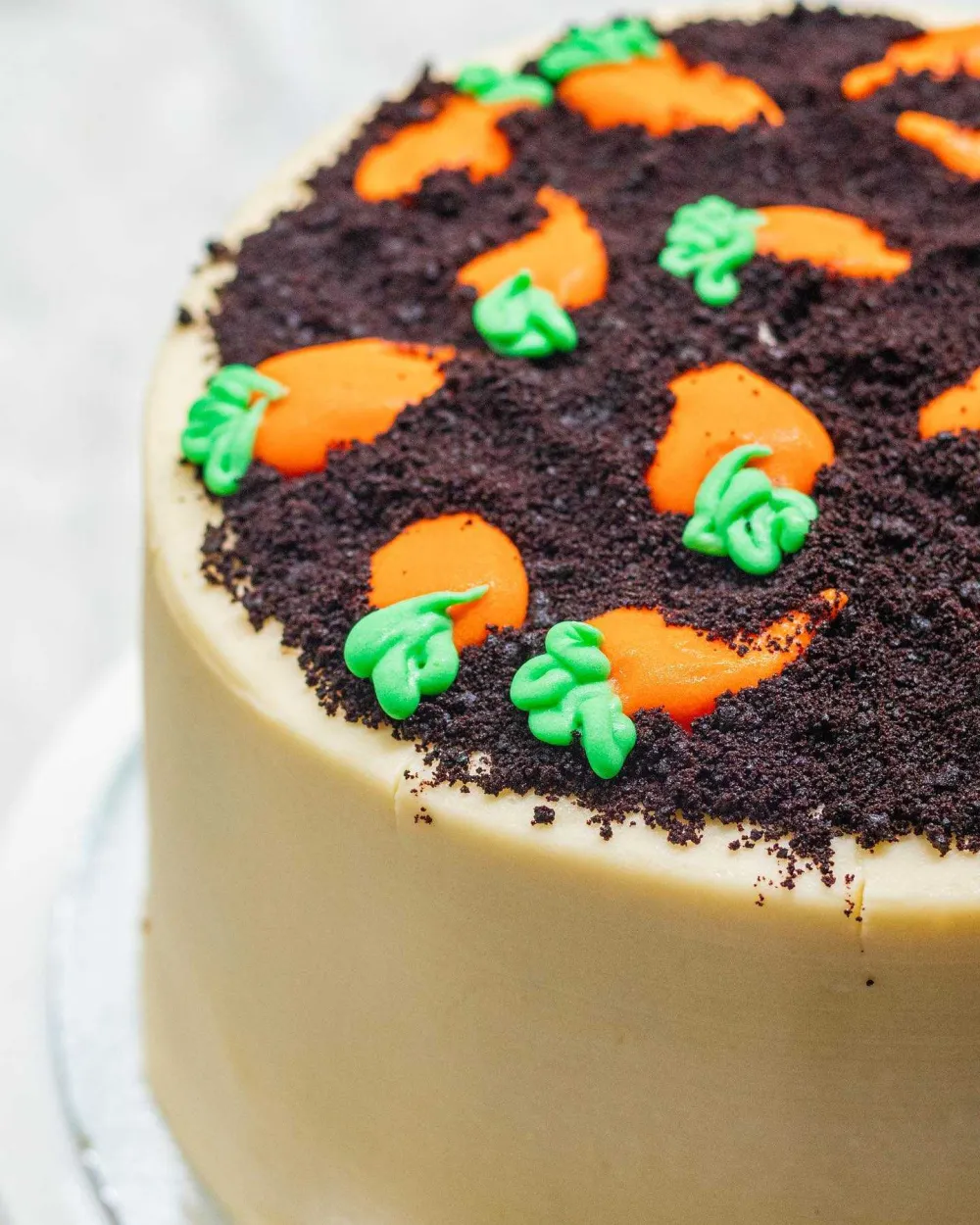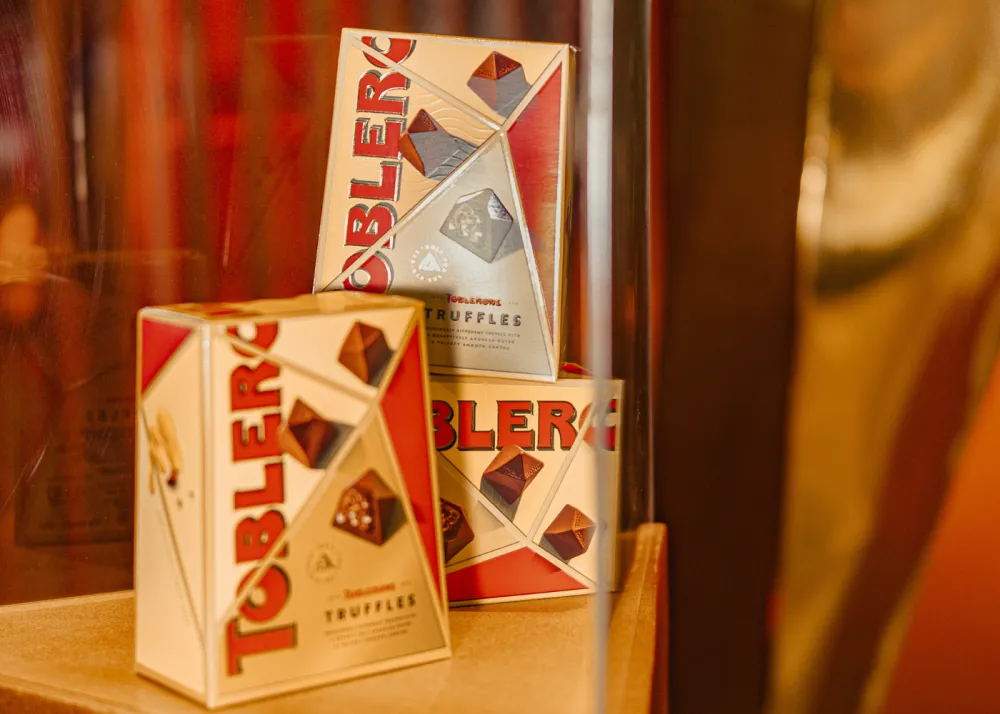Steep Some Love: Everything To Know About Tea and Why It Should Be Hyped
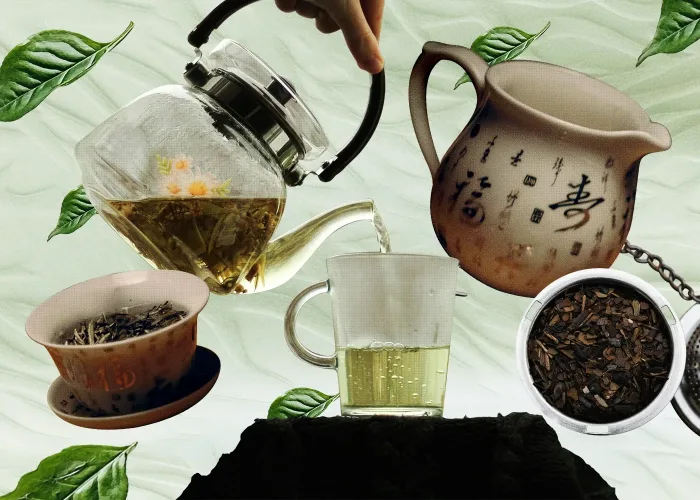
Step into any café in the Philippines and you’re greeted with a familiar scene: the strong, comforting aroma of freshly brewed beans wafting in the air, the hum of beans being ground in-house, and cups topped with delicate swirls of latte art. Menus are stretched with more than a handful of ways to enjoy a cup of coffee — hot or iced, classic or experimental. And then, quietly tucked on a corner of the page, are the teas — familiar in flavor, often overlooked, slowly steeping for their turn in the spotlight.
Tea has always been a part of our drinking tradition, though in the form of herbal concoctions and home remedies. For many of us, it’s always been the more “grown-up” drink — something more serious and with restraint, unlike coffee’s easy and youthful charm.
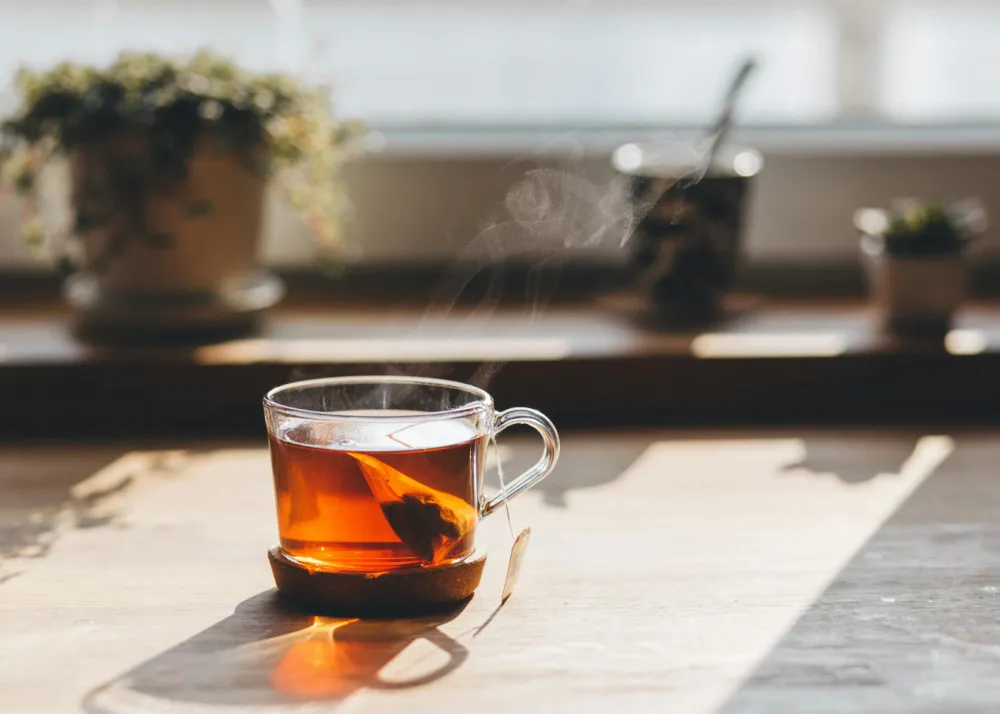
For all its quiet appeal, tea deserves more than the quarter of a page in café menus. Around the world, tea is more than just a drink, it’s a culture, a ritual, and a lifestyle. In Japan, matcha is whisked with reverence; in China, oolong is poured mindfully; and in the United Kingdom, tea is an afternoon ritual that cannot be replaced. Each cup of tea is made purposefully, rooted in tradition, ritual, and artistry.
Here in the Philippines, we often think of tea as something medicinal — salabat (ginger tea) for sore throats, turmeric for immunity and anti-inflammation, chamomile for sleep. But what if we treat it the same way that we do coffee?
Tea can be as sociable, expressive, and comforting as coffee — made for a morning ritual, midday perk up, or an evening wind down. It’s a trusty companion for spur-of-the-moment creativity rushes, conversation starters, and buzzing busy days.
So, what’s there to know about tea?
What’s The Tea: Misconceptions, and a Quick Primer on Everything Tea
Just like coffee, tea has its own universe. If coffee can taste different depending on the bean, roast, and brew, tea does too — its character shaped by the leaf, its origin, and how it’s prepared.
Here’s a fun fact: all traditional tea comes from one plant — the Camellia sinensis. From its leaves to its buds and even stems, every part can be used to make tea. Native to East Asia, India, and Southeast Asia, this plant has since been woven into the cuisine of these regions.
Once harvested, whether by hand-picking, mechanical harvesting, or careful pruning, the leaves undergo a process called oxidation. This step is important, because the level of oxidation determines both the flavor and makeup of the tea. Unoxidized leaves, which are often just dried after harvest, give us fresh, light teas. Semi or fully oxidized leaves, usually rolled or crushed to expose them to air, give us bolder, darker brews.
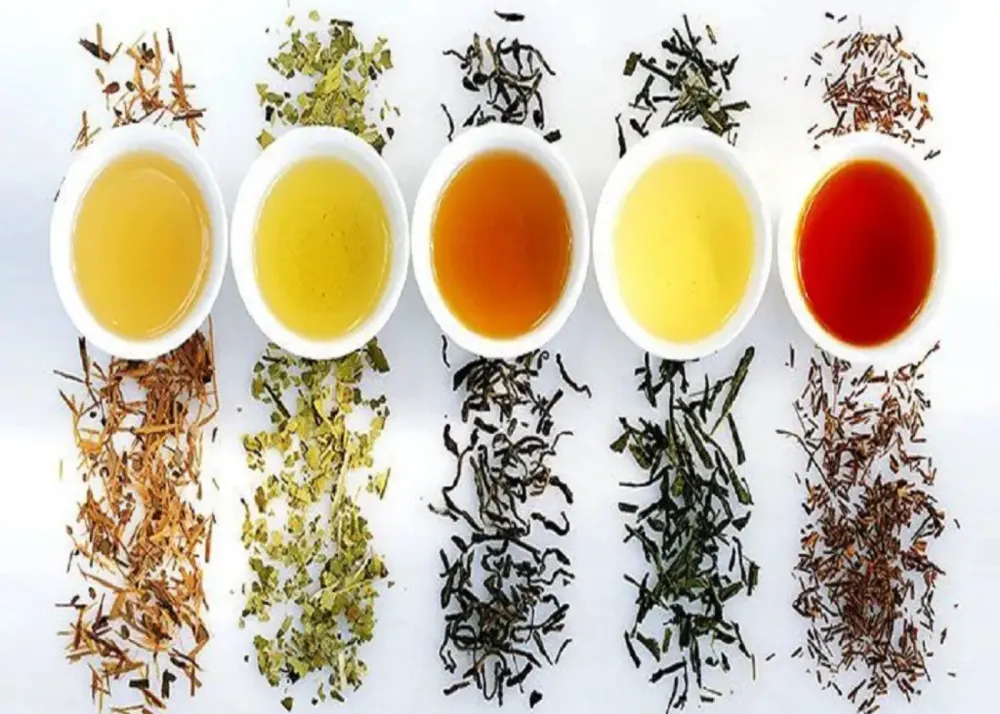
From there, traditional tea comes in different families or classifications, each with its own taste and ritual:
- Green tea: fresh and bright, the unoxidized leaves brew into a light crisp flavor.
- White tea: delicate and subtle, the tea leaves are close to its natural state and are also unoxidized, giving it a whisper of flavor.
- Yellow tea: sweet and gentle, lightly oxidized and are said to be a favorite of some Chinese emperors in the past.
- Oolong tea: balanced and complex, the semi-oxidized leaves offer a flavorful tea that can lean floral, fruity, or roasted depending on style.
- Black/Red tea: bold full-bodied, and fully oxidized, it offers a smooth, aromatic taste to the drink, and are often the most caffeinated.
- Dark tea: earthy, woody, and slightly sweet, the tea leaves have been fermented over time to bring out a nuanced flavor profile.
And what about herbal tea? To be honest, it’s not tea at all. But it’s a whole different world of infusions, made up of flowers, roots, and herbs, which could be caffeine-free, but are totally rich in tradition, comfort, and wellness.
What many don’t realize is that how you brew your tea makes all the difference. For starters, green tea shouldn’t be steeped too hot, otherwise it could taste bitter. Oolong tea left to steep longer can unravel sweeter, deeper notes. In the same way we appreciate coffee — pour-over to cold brew — the ways we prepare tea often remind us to slow down and appreciate the small details.
Tea for our Daily Rituals
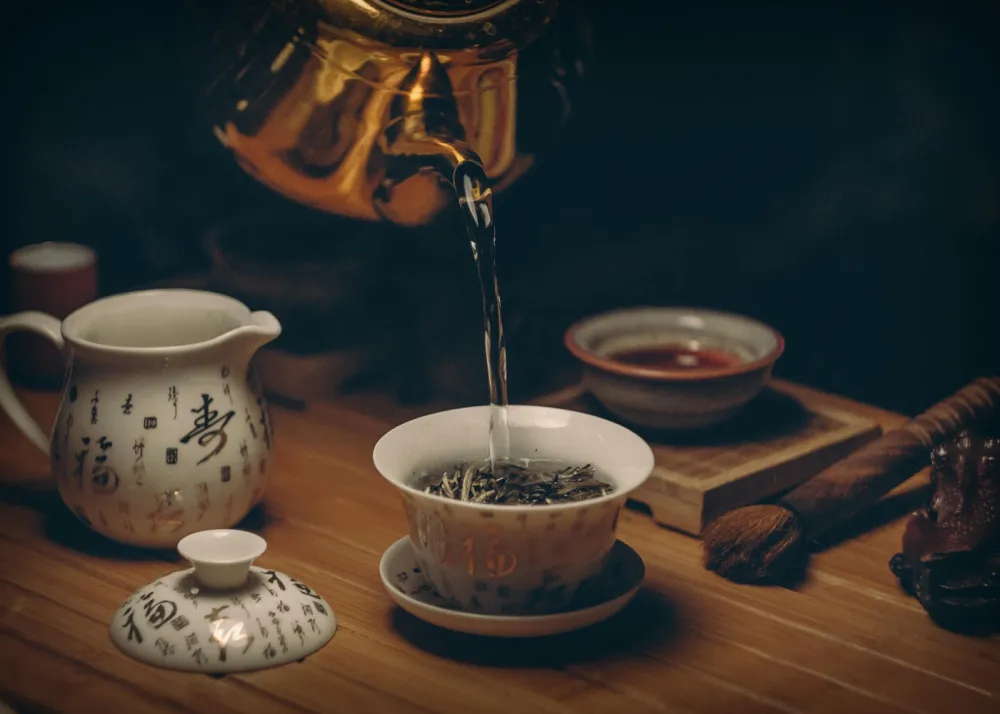
Depending on its flavor and brew, tea can be a reliable companion to fit any part of our day. They have always been about rhythm and ritual, with each cup holding space for any given moment, whether it’s to start your day with clarity, a needed pause during midday, or a restful breather for the night.
So, here’s a short guide to when each type could be squeezed into your routine:
- Green tea: perfect for a wakeful morning, giving a slight lift without the caffeine jitters
- Black tea: the perfect switch from your typical cup of joe for a mid-afternoon pick-me-up
- Oolong tea: this tea is great for breaks, especially inviting you to slow down and savor its floral notes.
- White tea: just like Oolong, it’s best enjoyed for when things turn quiet.
- Herbal infusions: it depends on what you want to get fixed; a usual chamomile before bed for a restful sleep, peppermint after meals for digestion, ginger when you’re feeling under the weather, or chai when you want a warm hug.
What makes tea different from coffee is the way that it paces your day; with coffee, it allows you to head into everything with speed and bursts of energy, but with tea, it asks you to slow down, comfortably, even while the world continues to hustle and bustle around you every day.
Whether in your typical tea brew, in milk tea, or in artisanal, cold-brew steeps, tea can be enjoyed by everyone, no matter what their age is.
A Possible Shift in the Tea Culture?
With matcha booming globally, Philippine café culture is beginning to catch the wave too — transforming old misconceptions about tea and weaving it into our evolving lifestyles. Brands like CHAGEE are helping shape this shift, bringing authentic and mindful tea experiences into the spotlight.
Their menu places traditional teas such as green and oolong tea at the forefront, celebrating the teas’ natural profiles without relying on artificial sweeteners. At the same time, they’ve crafted globally loved drinks that feel both modern and familiar, such as the fragrant and light BOYA Jasmine Green Tea Milk Tea and the rich, full-bodied Da Hong Pao Milk Tea.
Each cup seamlessly blends tradition with today’s café culture, placing tea on just the same pedestal as coffee — comforting, exciting, and versatile. And perhaps, just a touch lighter and healthier than our favorite Spanish lattes.
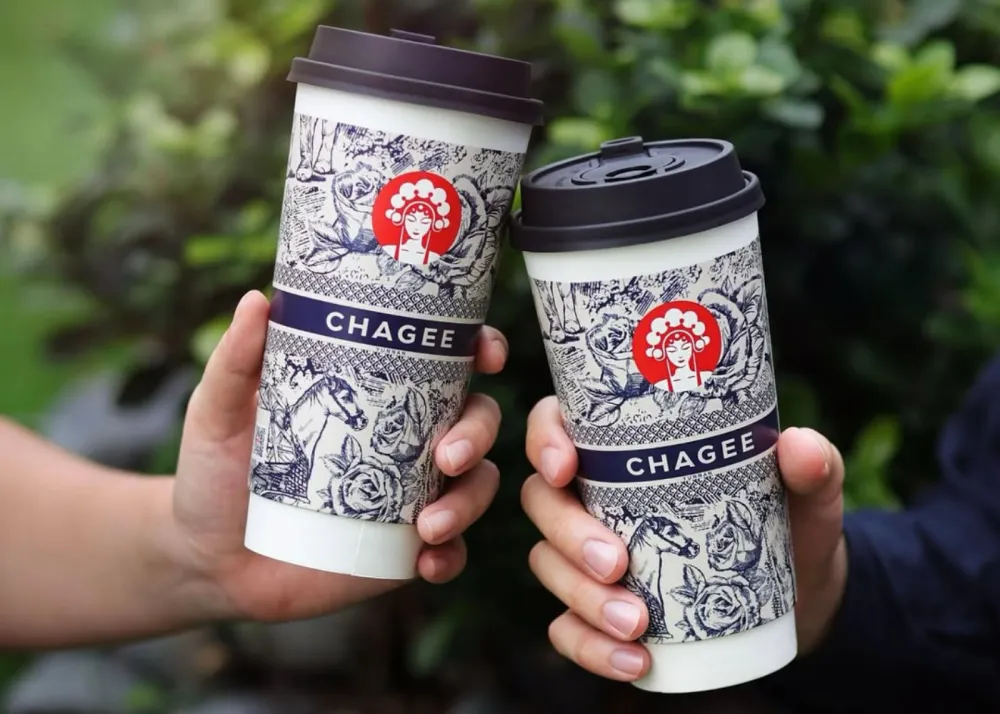
There’s no doubt that coffee still rules the café scene around the country — we definitely love the hum of the grinder, the quirky swirls of latte art, and the collection of ways to sip our cups of coffee. But slowly and surely, tea is becoming more than just a small corner on the menu; it’s finally taking its rightful spot at the center of it all. Whether you’re enjoying a classic black tea, or a playful twist to your oolong or green tea, all of these prove that it’s more than just an “adult drink.” Tea can be enjoyed by everyone.
Get the latest curated content with The Beat Asia's newsletters. Sign up now for a weekly dose of the best stories, events, and deals delivered straight to your inbox. Don't miss out! Click here to subscribe.







